Chon Hin Au
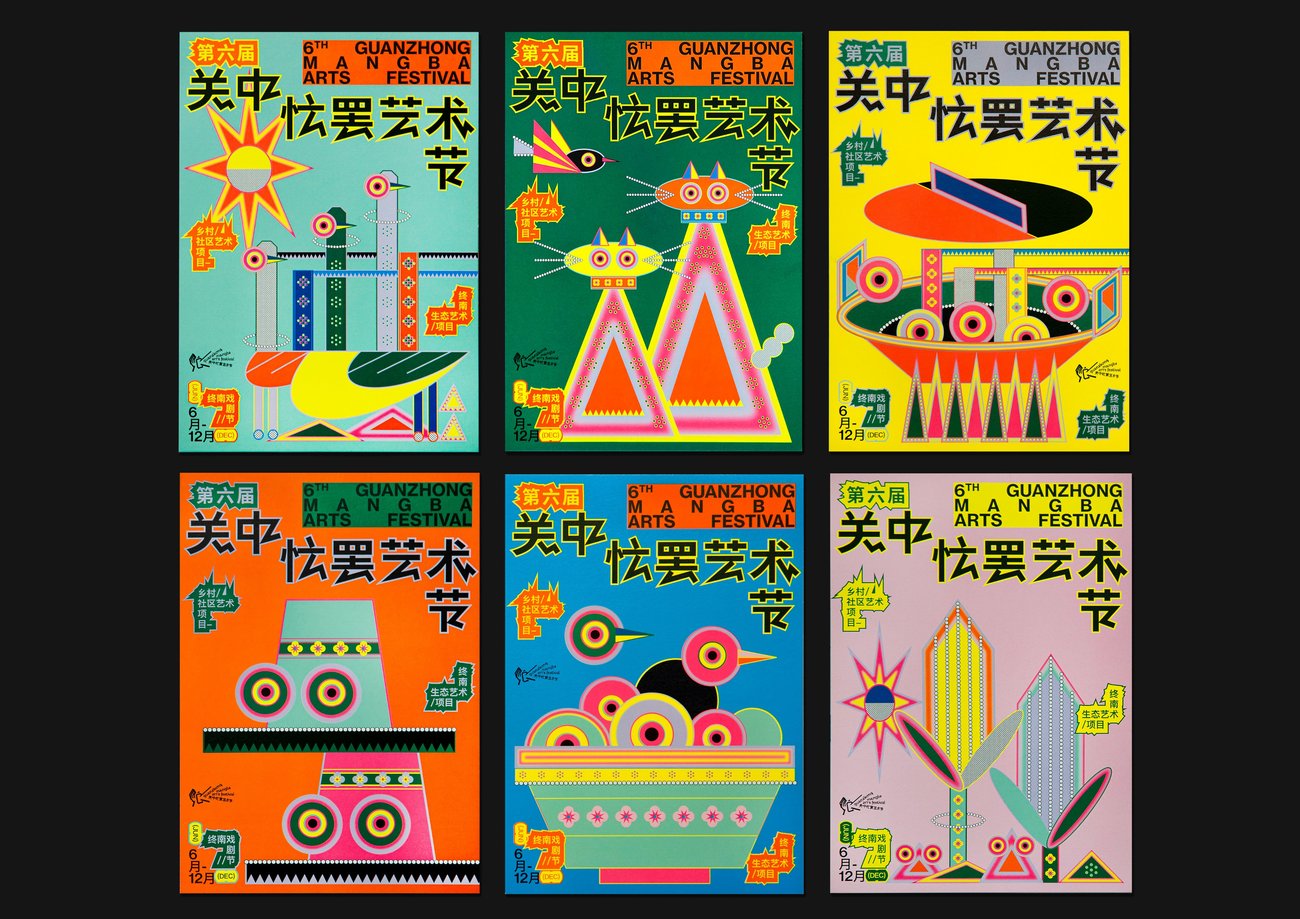
Chon Hin Au is the Founder/Creative Director of UNTITLED MACAO, President of Macau Designers Association, and Vice Chairman of Shenzhen Graphic Design Association (SGDA), specializing in visual communication design, visual identity design, brand planning and promotion, and brand design. His works often adopt vivid color conflicts and simple yet expressive lines to bring clients a brand-new visual experience. The design works have won multiple international and Asian awards, including the New York ADC Gold, Silver, and Bronze Cubes, New York Type Directors Club (TDC) Award, D&AD Design Award 2025 Graphite Pencil Award and Wood Pencil Award, D&AD Design Award 2024 Wood Pencil Award, Tokyo Type Directors Club (TDC) Award (Japan), Young Guns 17 International Young Design Award, Hong Kong Global Design Award Silver Award, and more.
Hi Chon! Tell us about yourself - how did you get to where you are today?
Hi, I'm the founder and creative director of UNTITLED MACAO, a design studio based in Macao. Growing up in Macao, a city where Eastern and Western cultures blend, I've been passionate about art since childhood. After graduating from the Department of Design at Macao Polytechnic Institute in 2010, I pursued postgraduate studies at the Macau University of Science and Technology, then gained practical experience in multiple design agencies. In 2017, I founded my own studio, serving clients including the Macao SAR Government, Apple, Adobe, and other international brands. Currently, I specialize in brand identity design and visual creation for cultural events, continuously expanding my design perspective through cross-border collaborations.
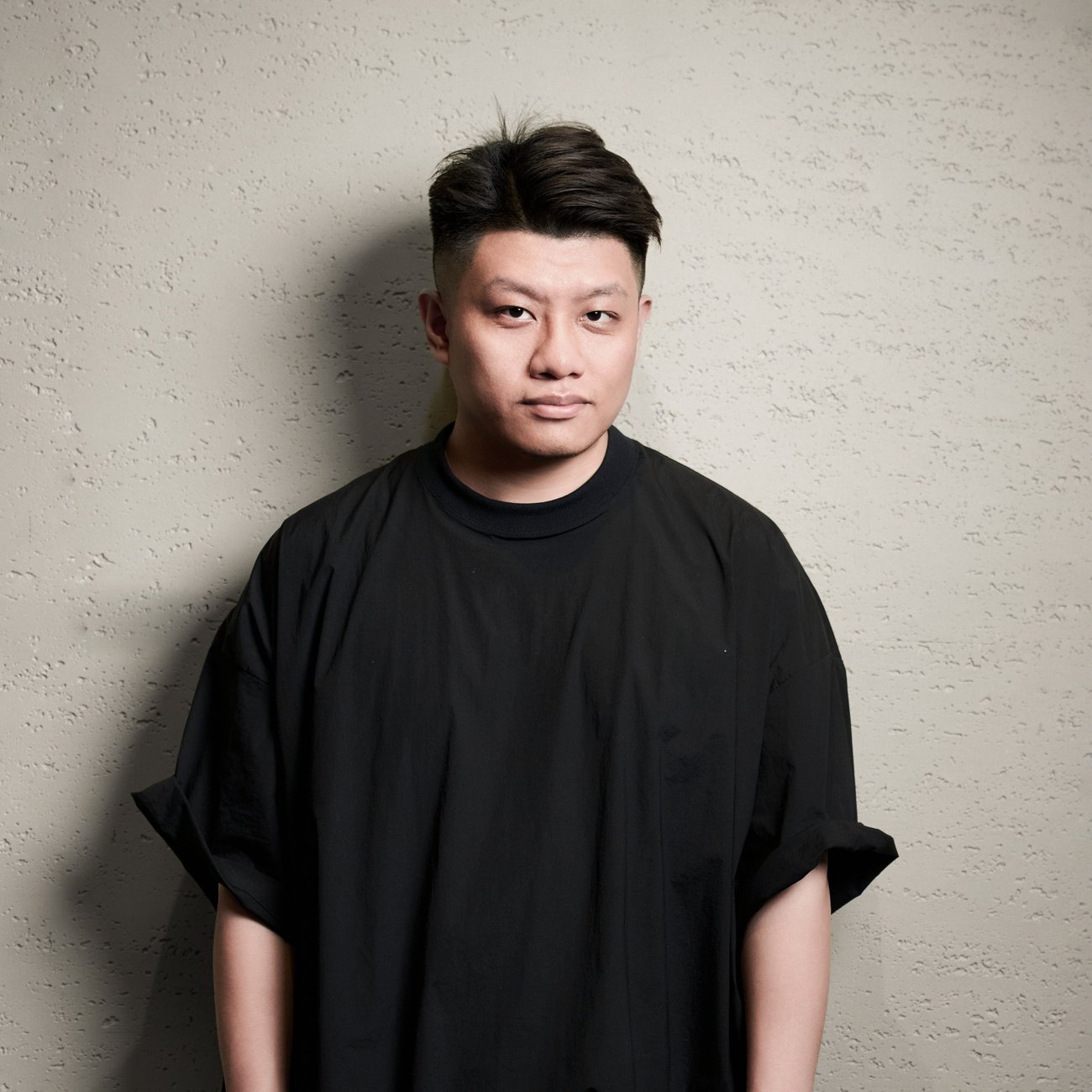
“Every challenge is an opportunity to express yourself. Meanwhile, stay open to absorbing diverse cultures, so that your work balances uniqueness and inclusivity.”— Chon Hin Au
When did you first become interested in art and design?
I've loved drawing and had a strong interest in visual art since childhood. In middle school, I enrolled in the art and design program at a vocational school, initially planning to deepen my focus on fine arts. However, inspired by my teachers, I shifted my direction to design. Although this transition brought challenges, it helped me establish my career path and set me on the road to design.
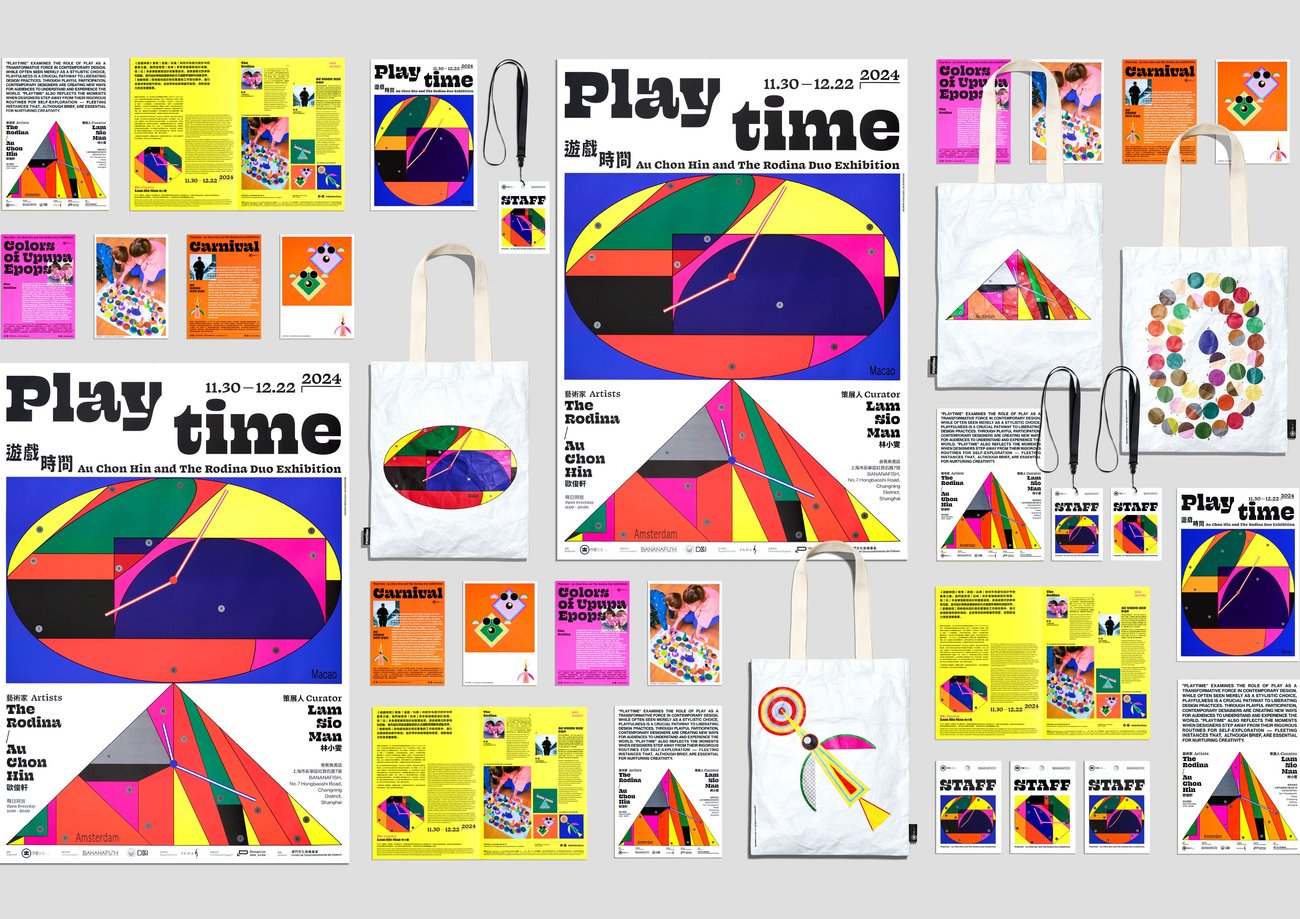

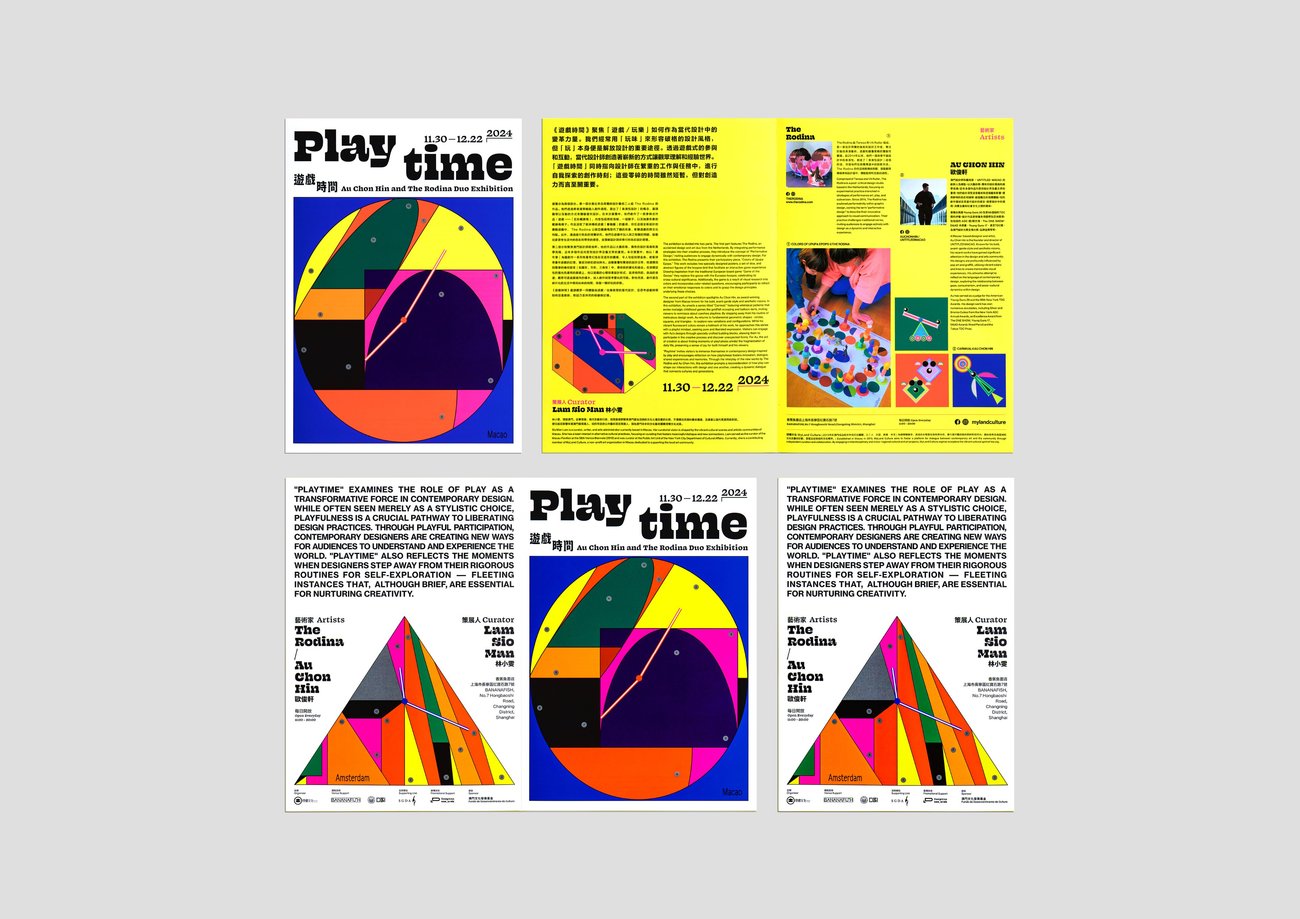
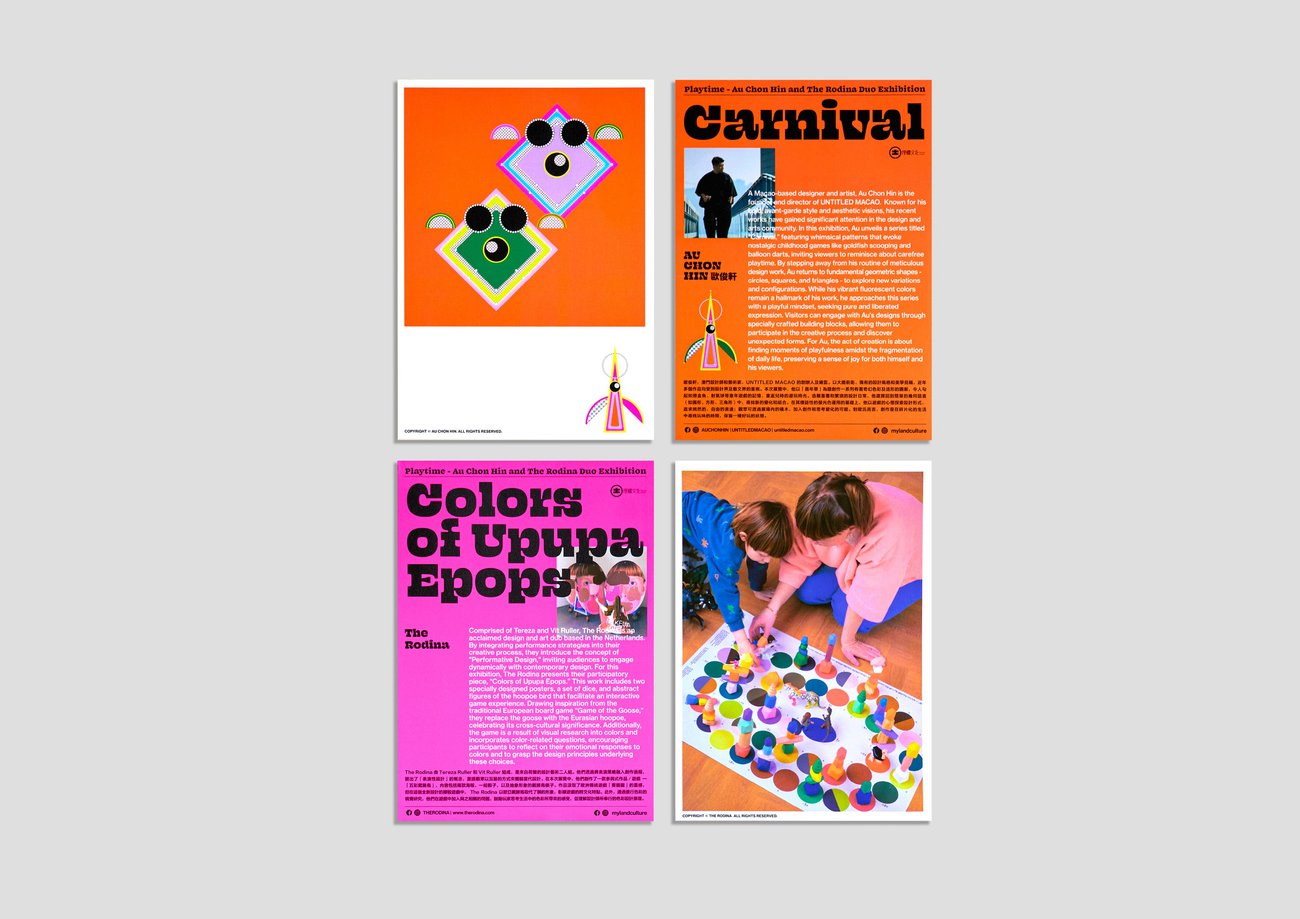
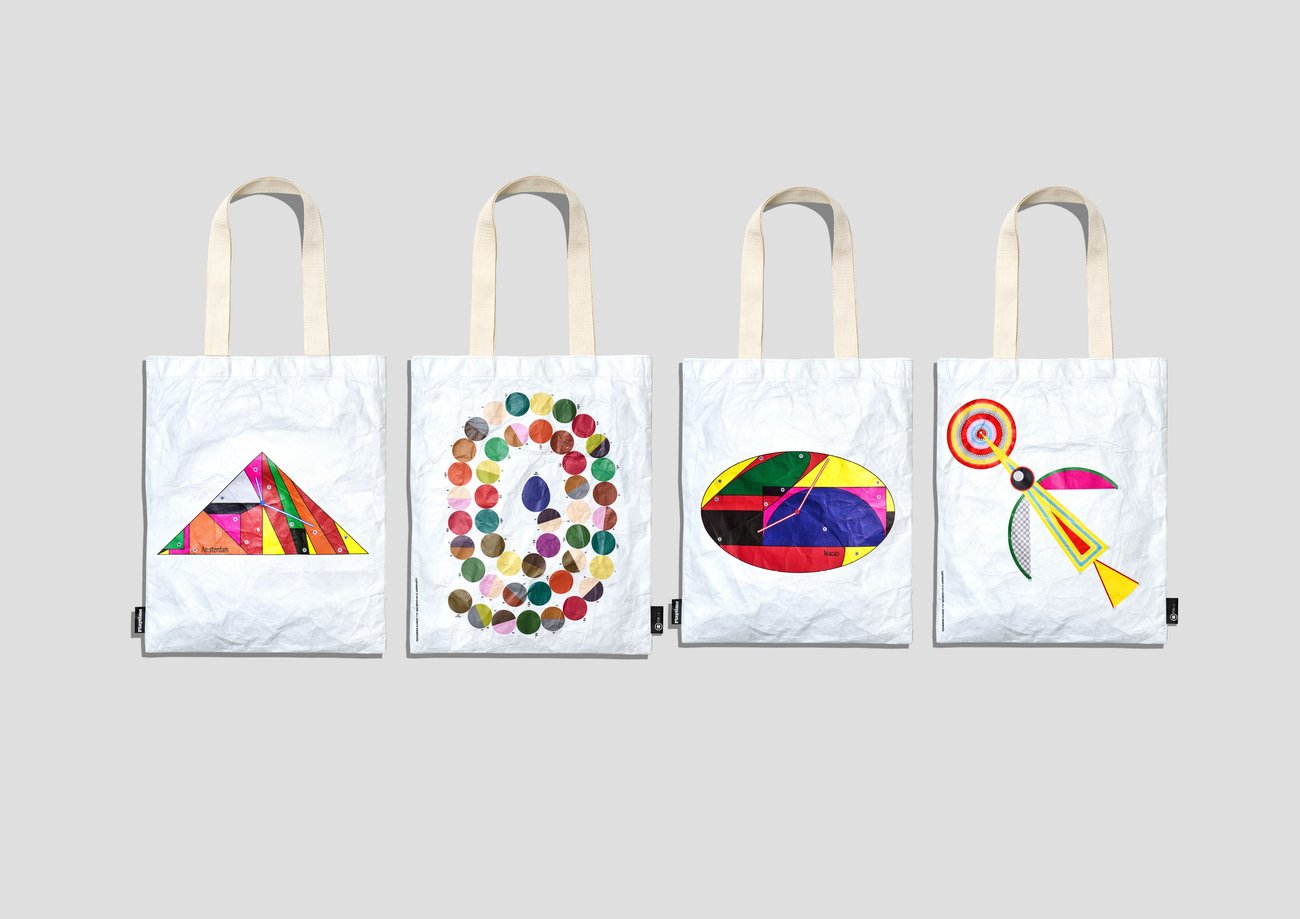
How would you describe your design style and how has it changed over time? What ideas do you most like to explore?
My design style isn't fixed; its core is expressing concepts around the essence of the product. Early on, influenced by Macao's culture, I often used bold colors and collisions of Eastern and Western elements. In recent years, through collaborations with international brands, my style has become more diverse, experimenting with modern expressions like geometric shapes and dynamic lines. I enjoy exploring cultural integration and cross-border innovation—for example, combining traditional Macanese elements with modern design language.
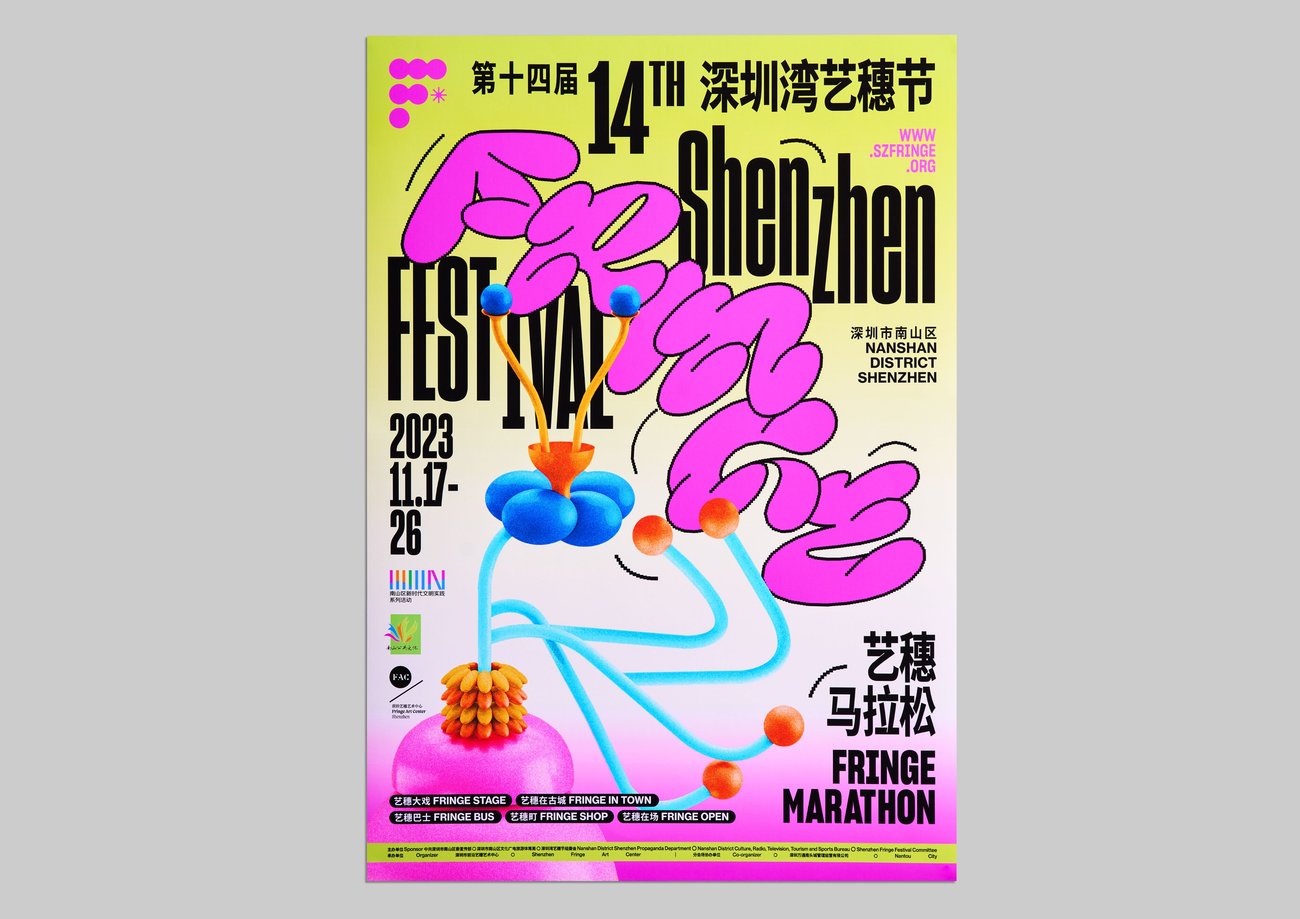

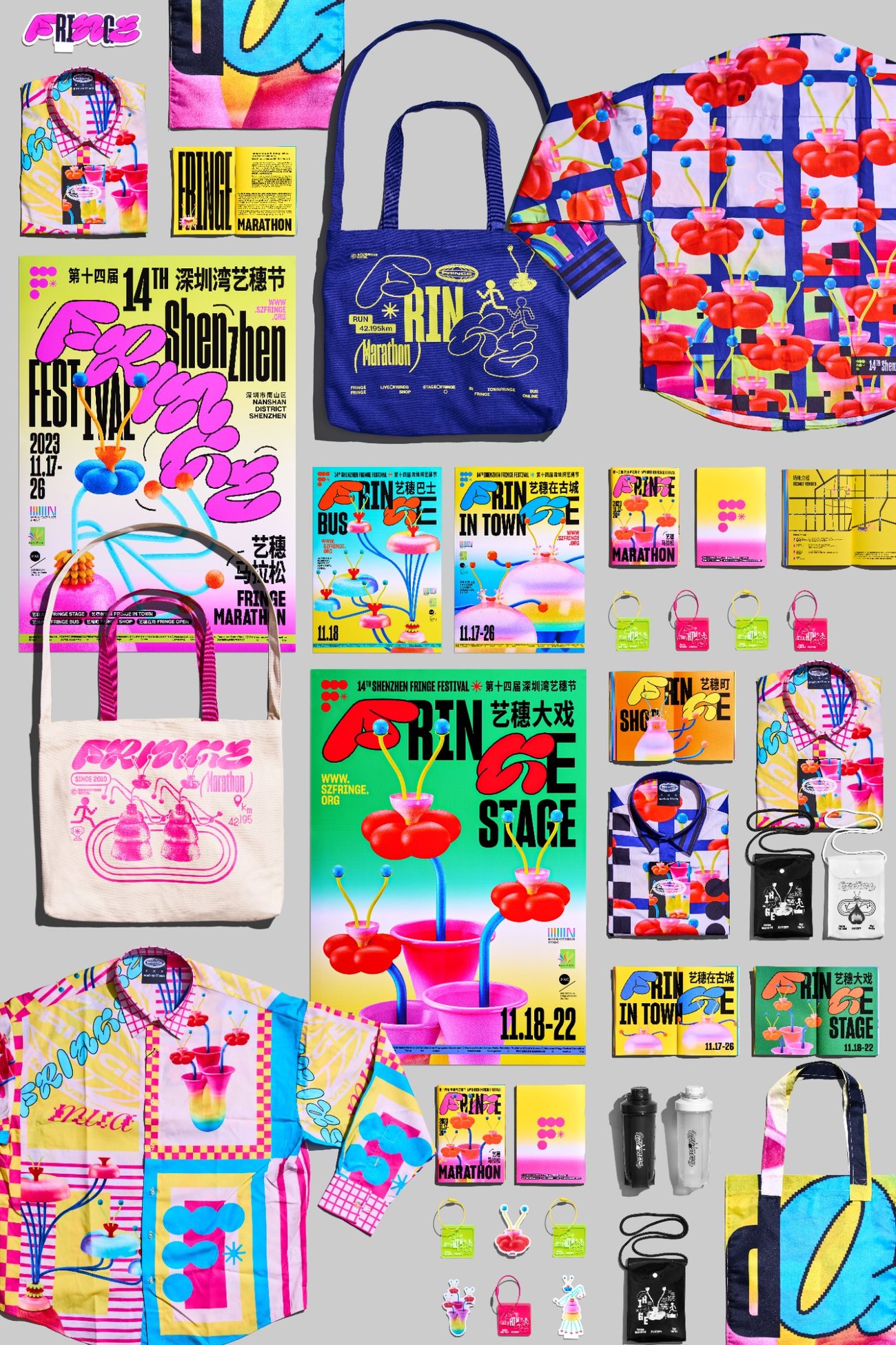
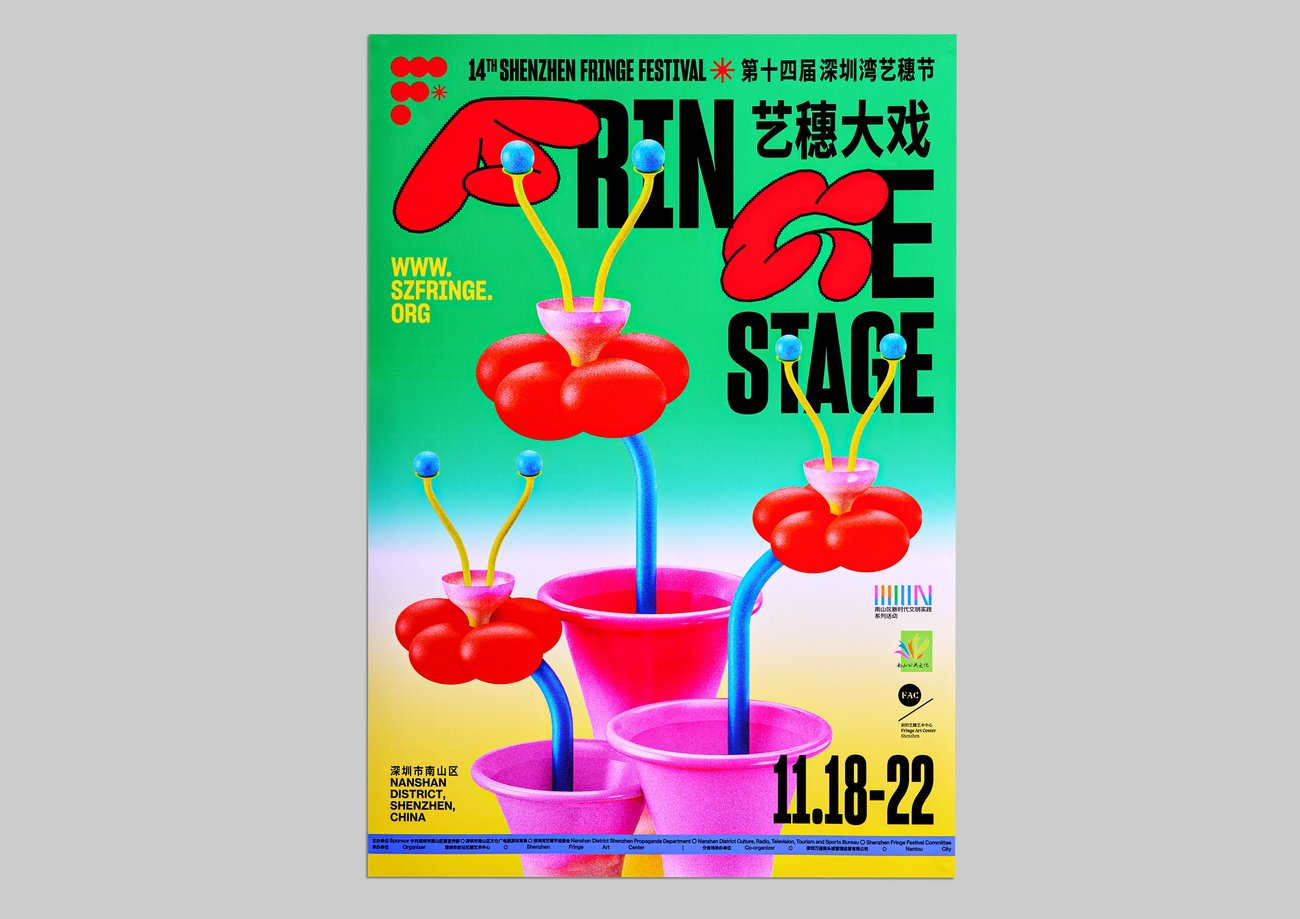
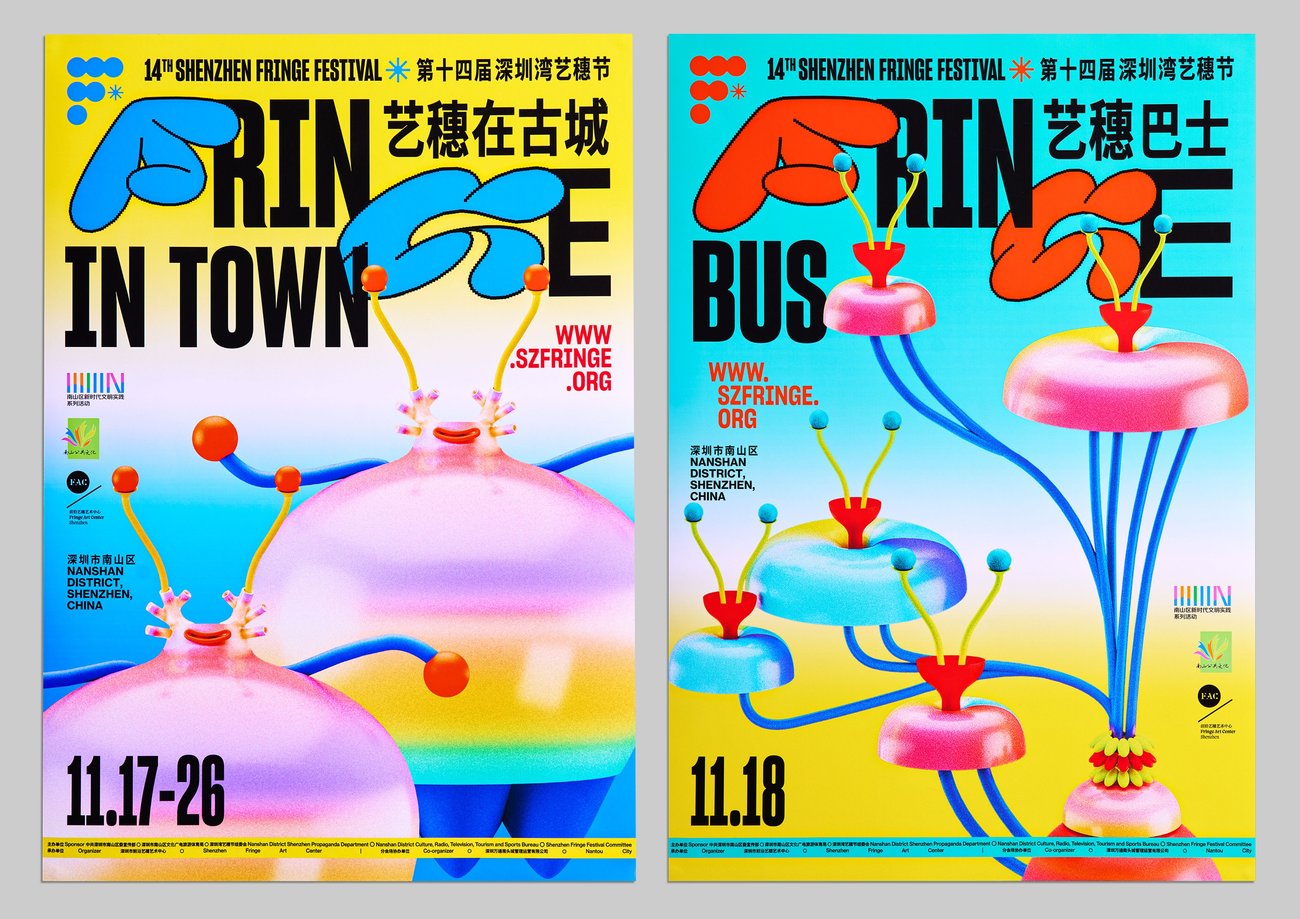
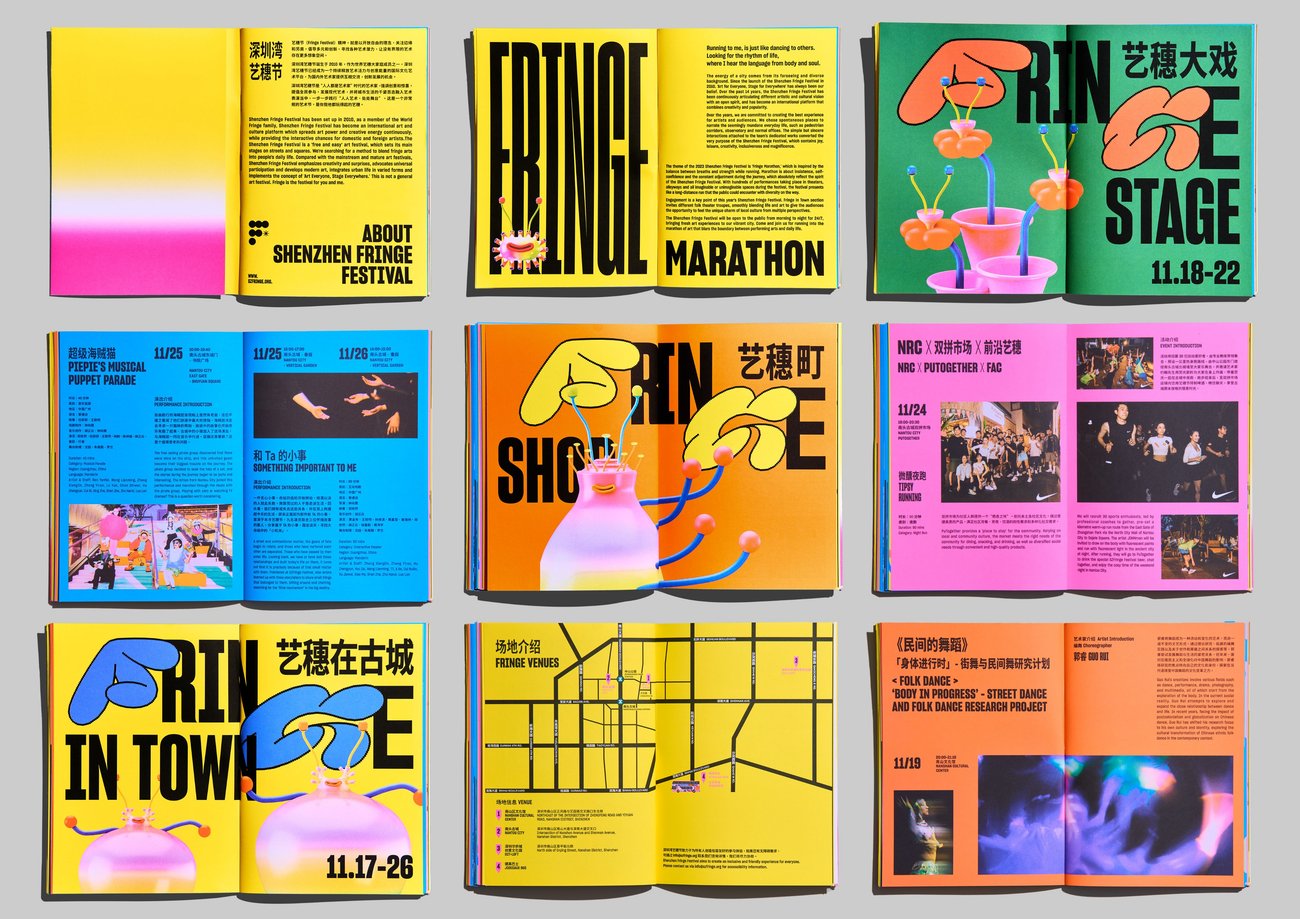
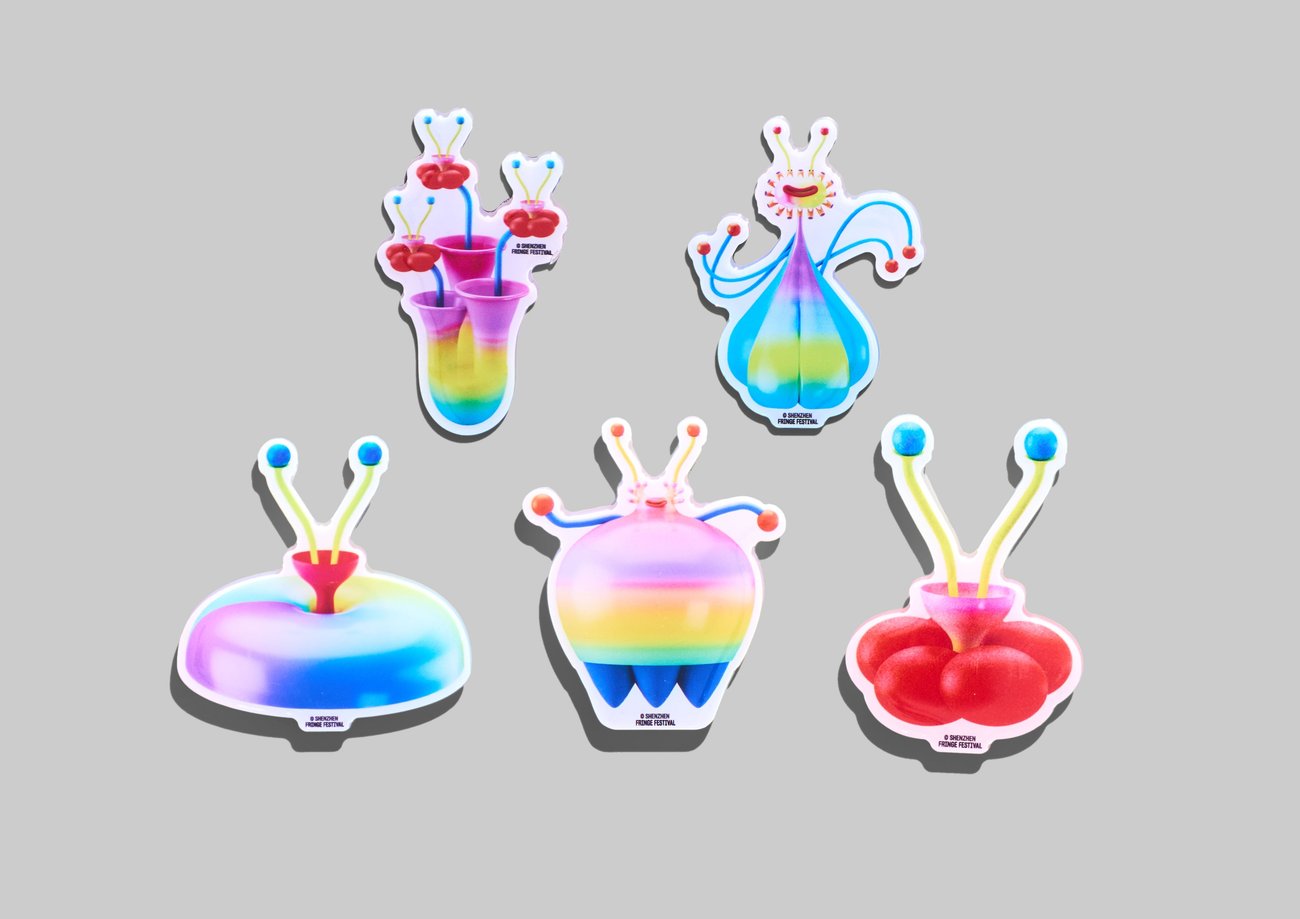
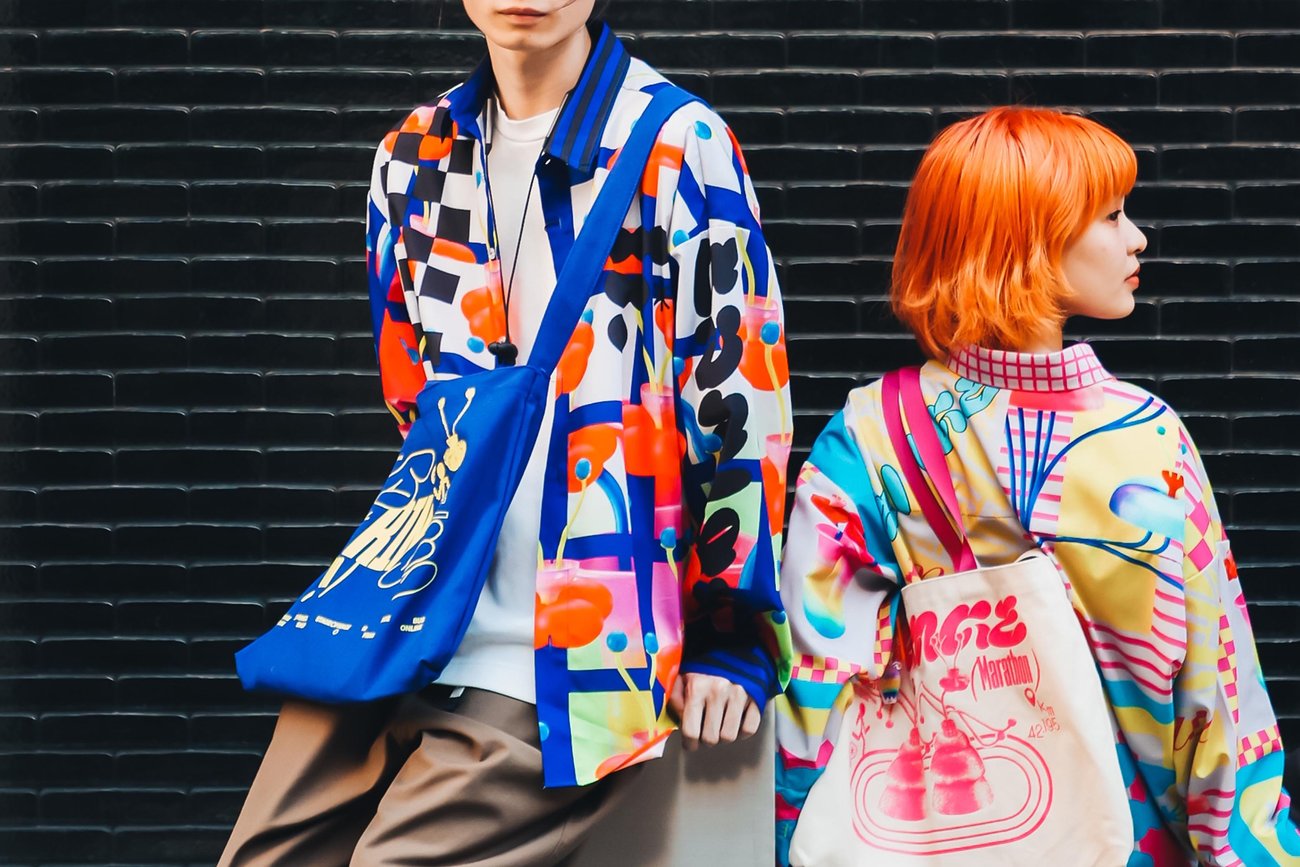
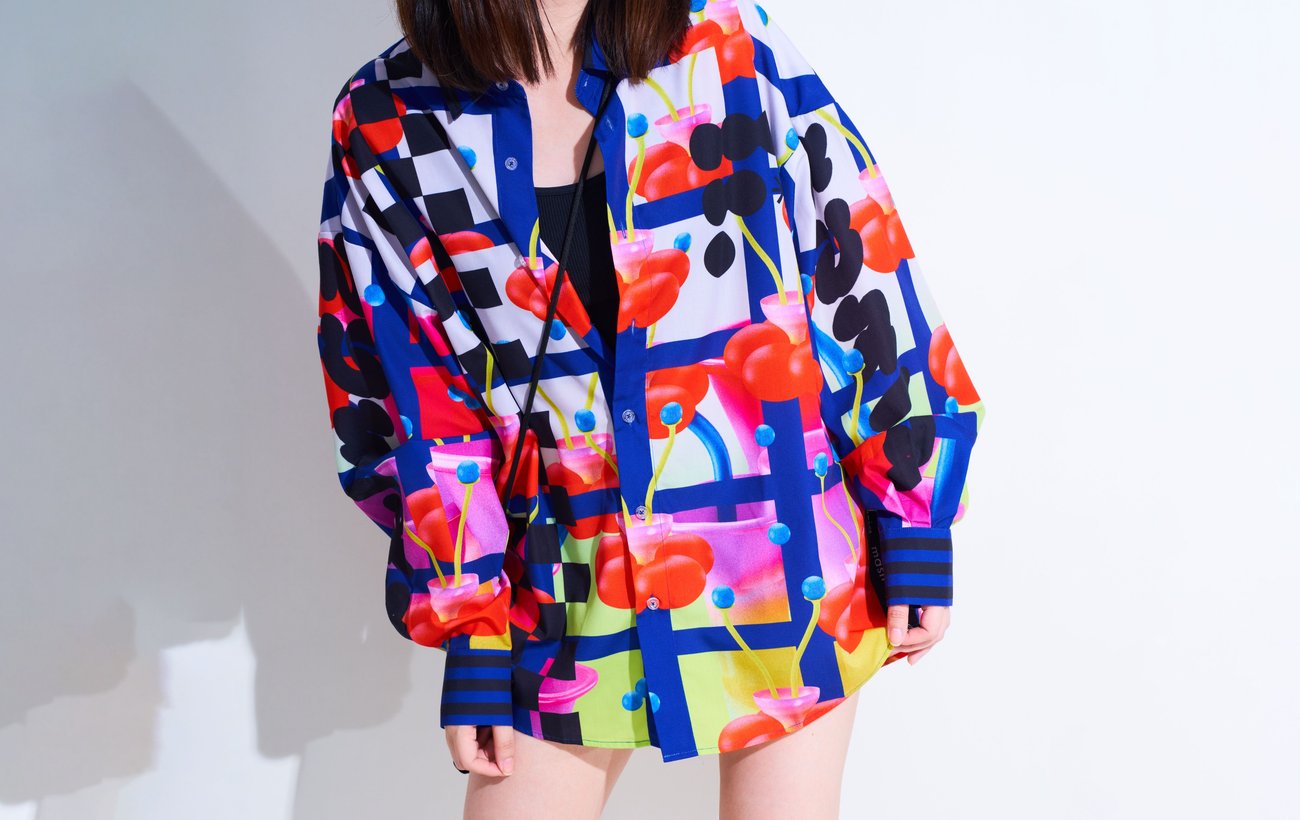
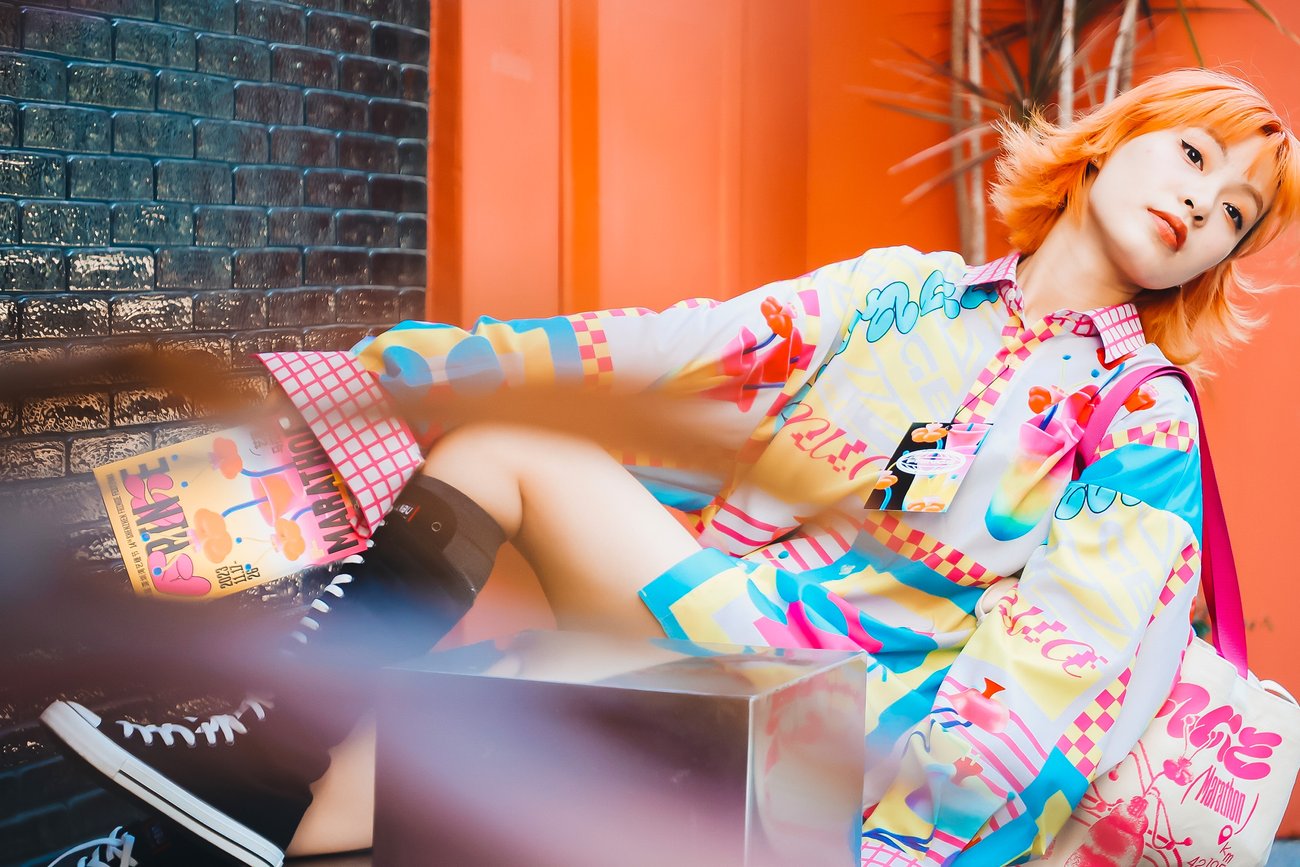
You're the Founder and Creative Director of the studio UNTITLED MACAU. What type of work do you focus on, and what is your approach to creative collaboration with both colleagues and clients?
The studio focuses on brand identity design and visual design for cultural events, with commercial and cultural projects each accounting for half of our work. When collaborating with clients, I first understand their needs, such as the product background and core concepts, then lead the team in brainstorming solutions. With colleagues, I encourage open discussions and the collision of different perspectives.
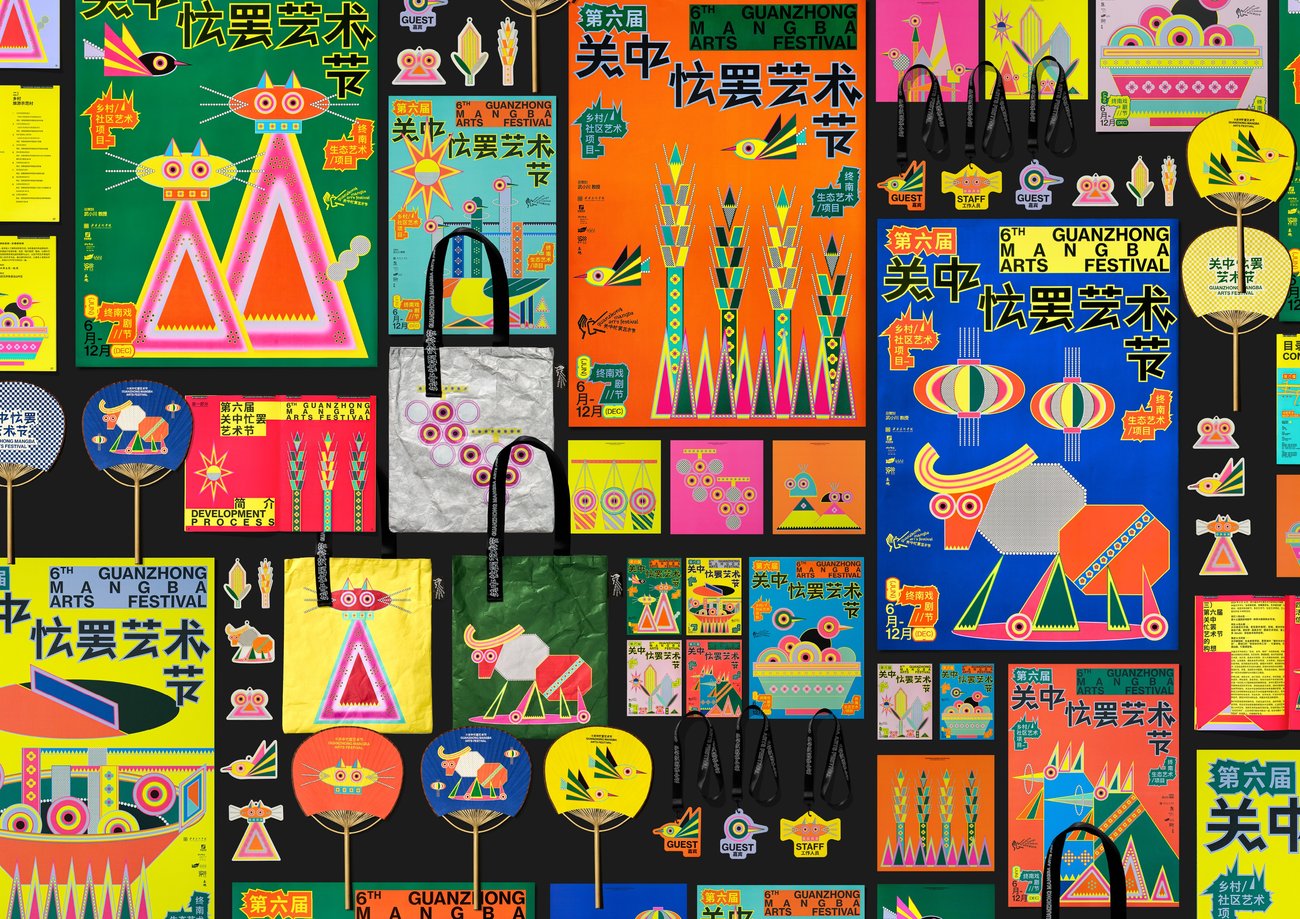

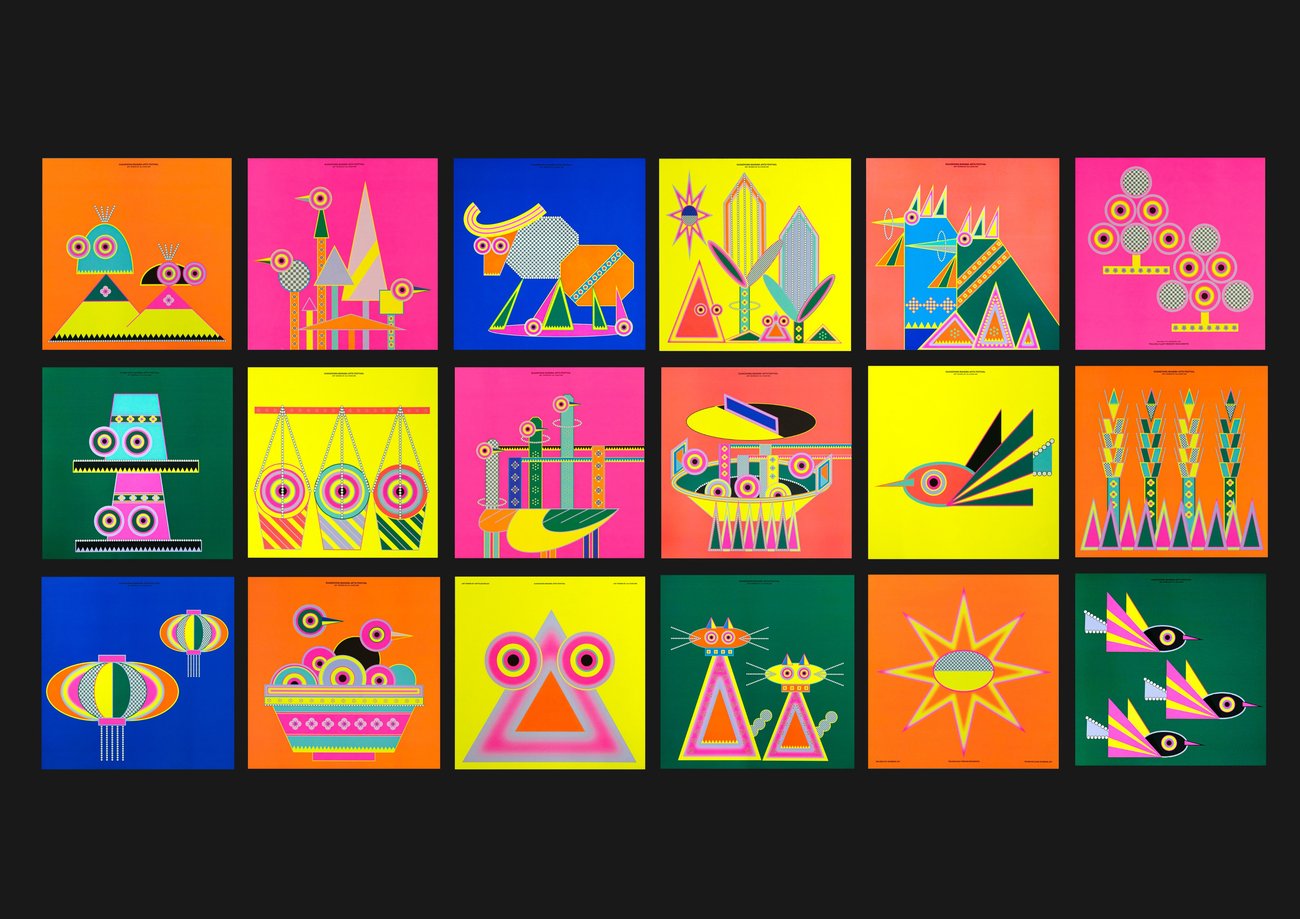
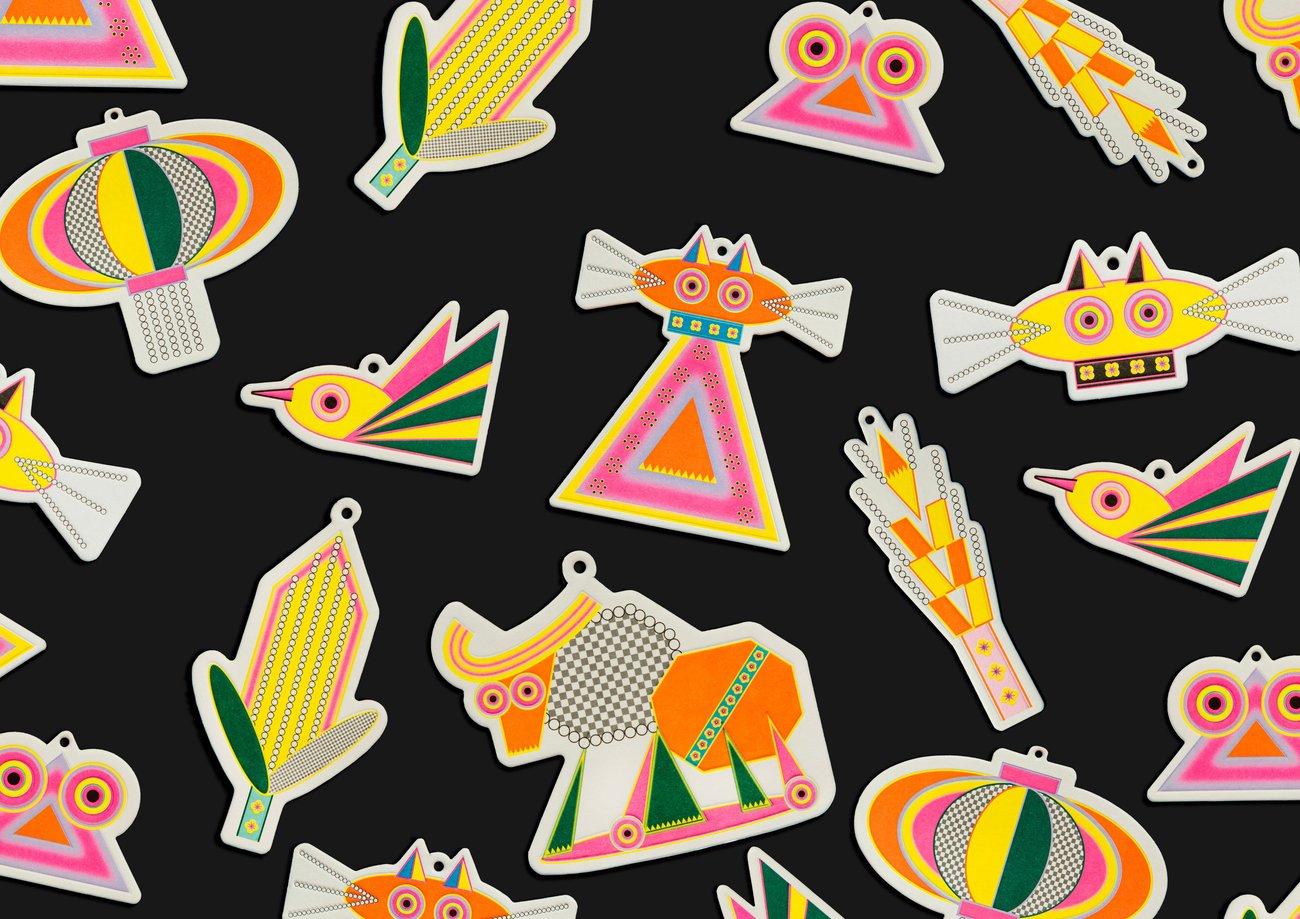
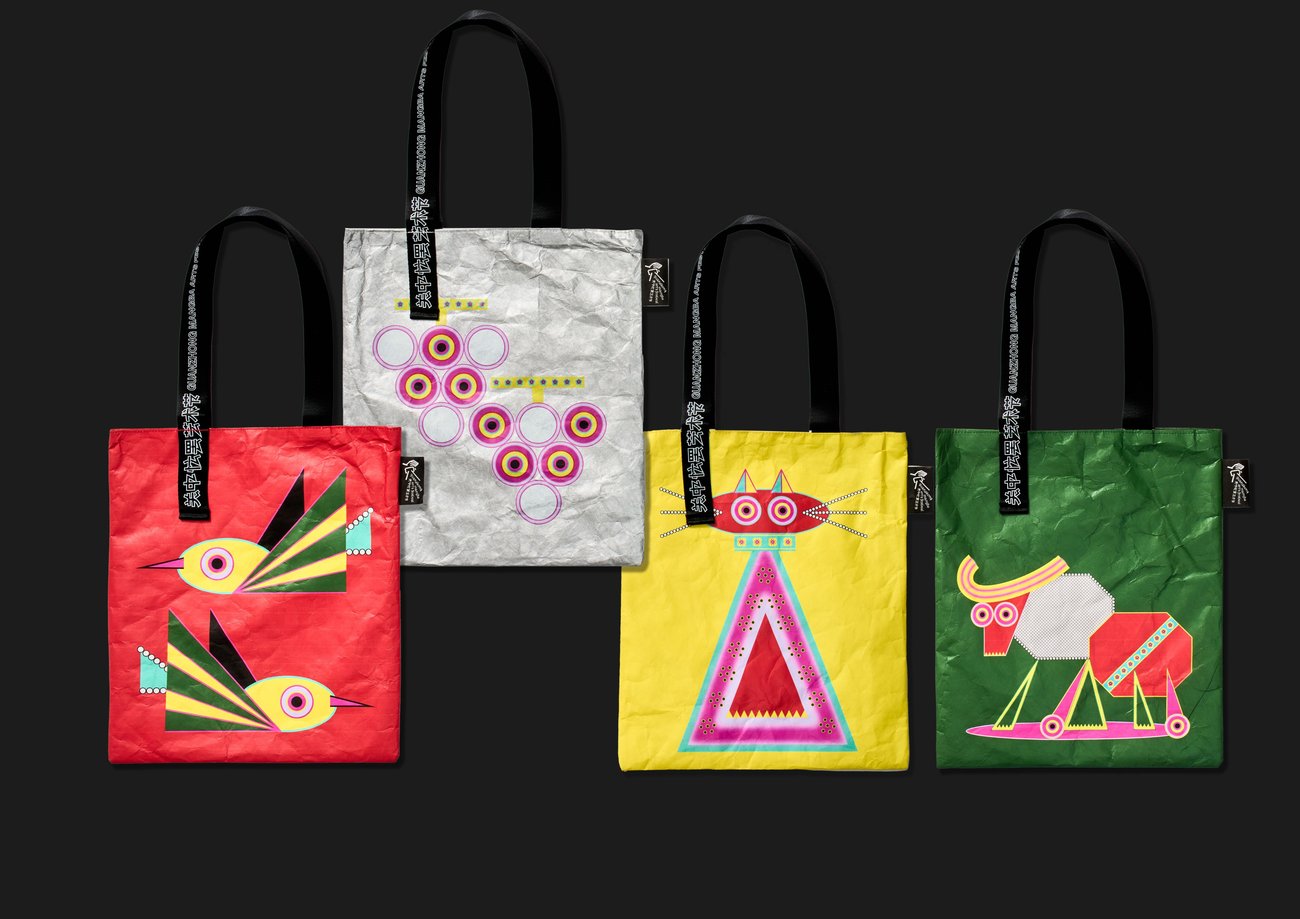
What's your creative process like? How do you typically take an idea from concept to delivery?
In the early stages of creation, I communicate repeatedly with clients to clarify needs, then start researching and brainstorming. For example, in the Xi'an Mangba Art Festival project, I extracted elements through on-site investigations of Guanzhong region culture, then presented them abstractly through geometric shapes. The design process emphasizes implementing concepts into details.
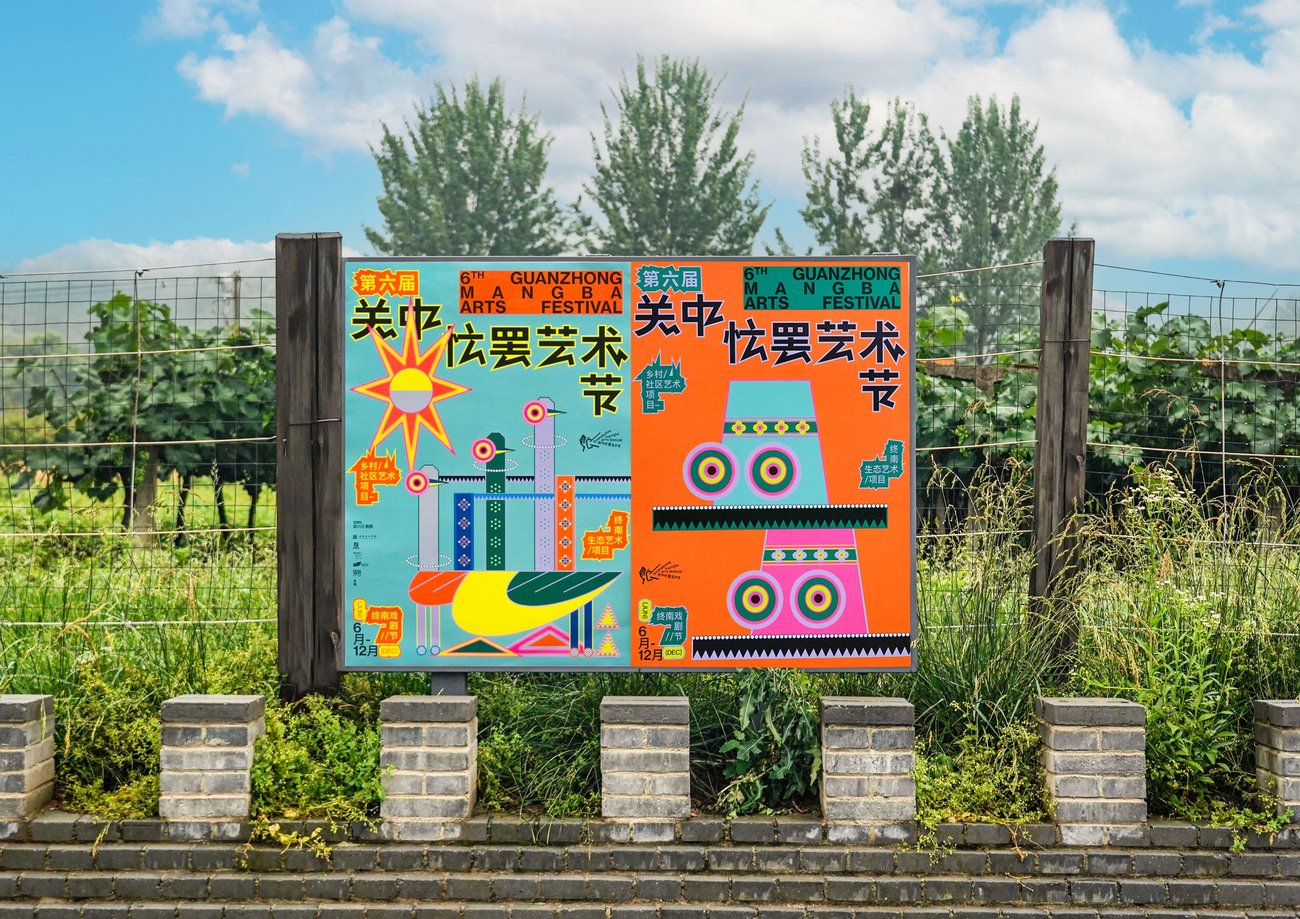

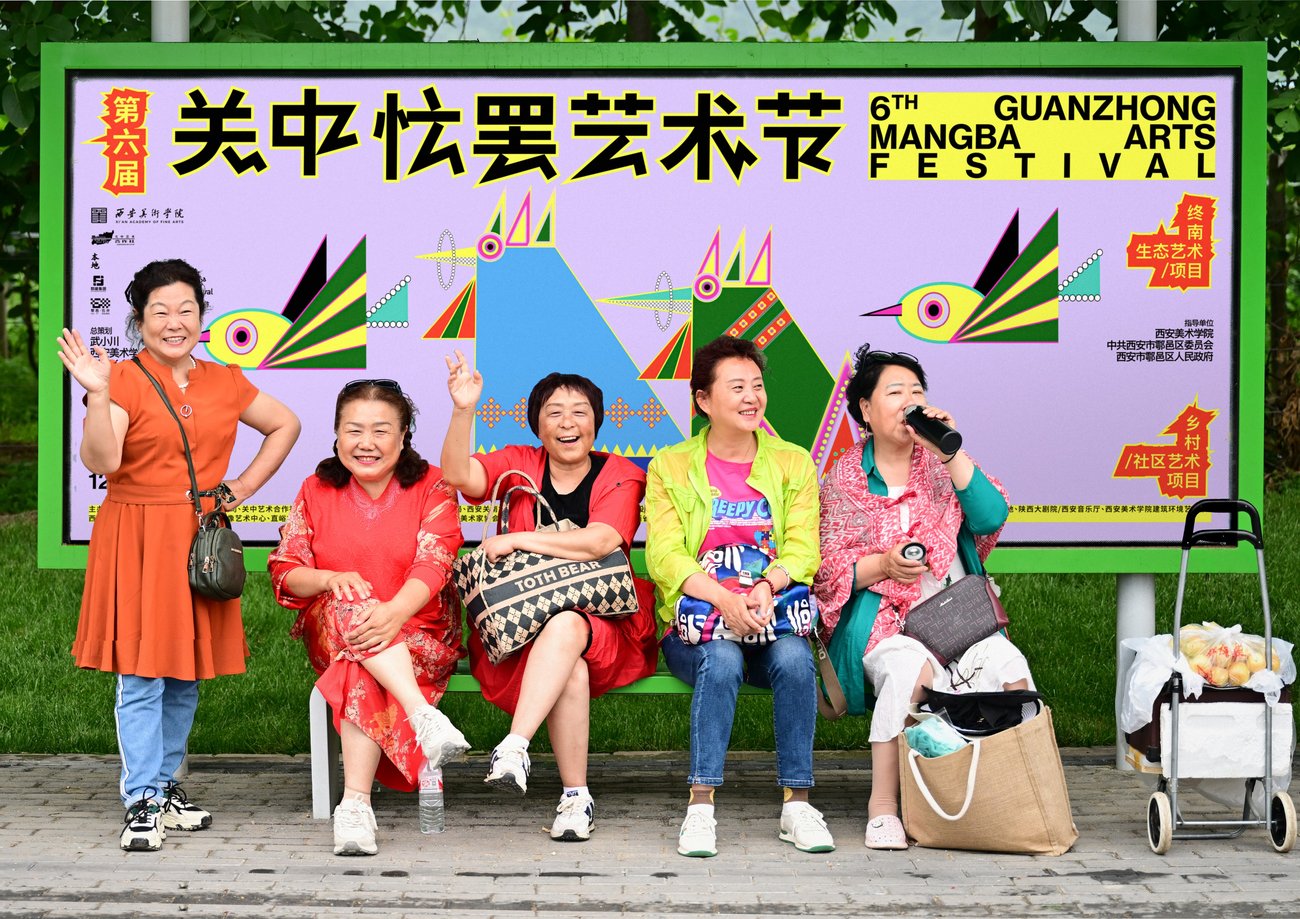
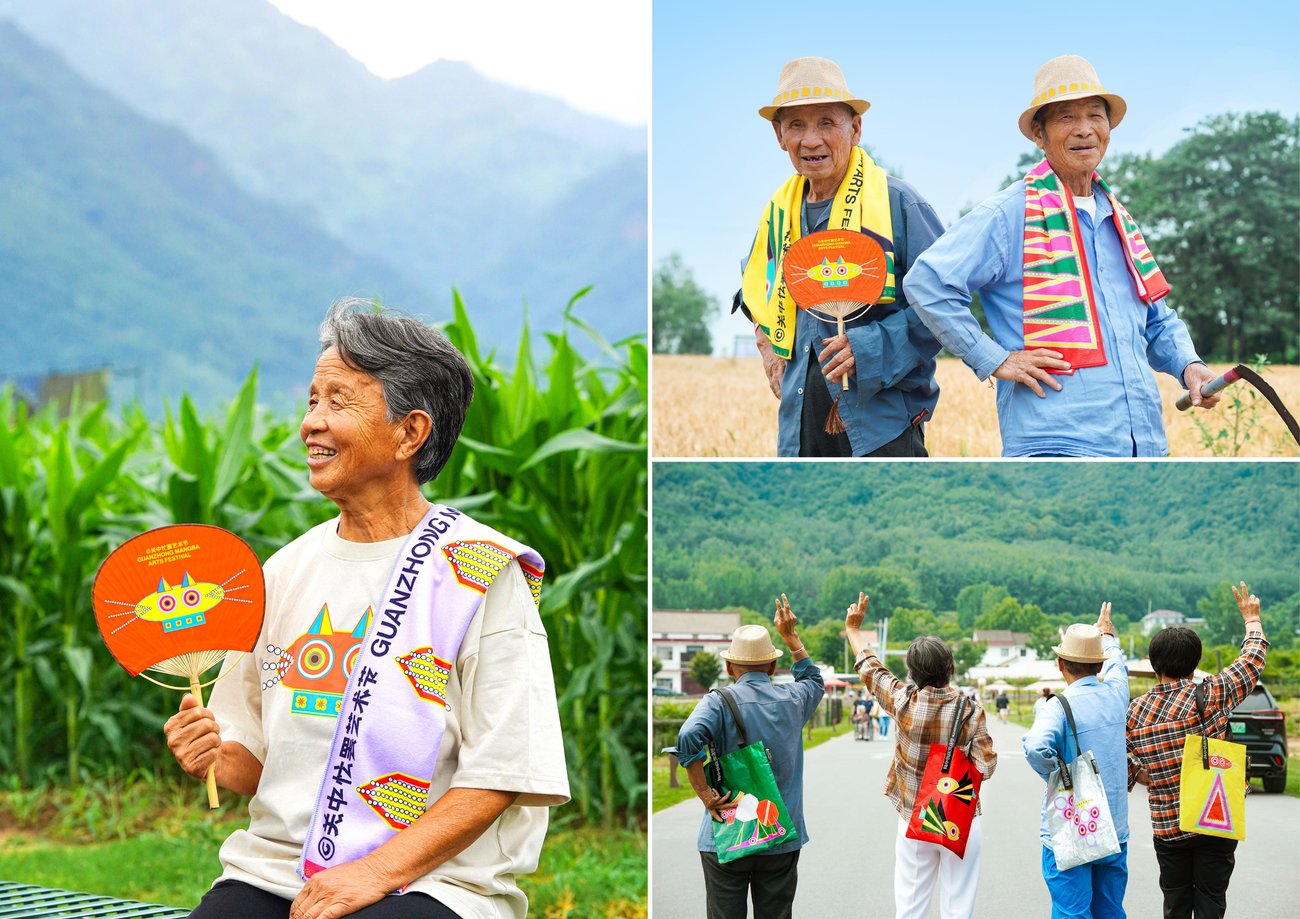
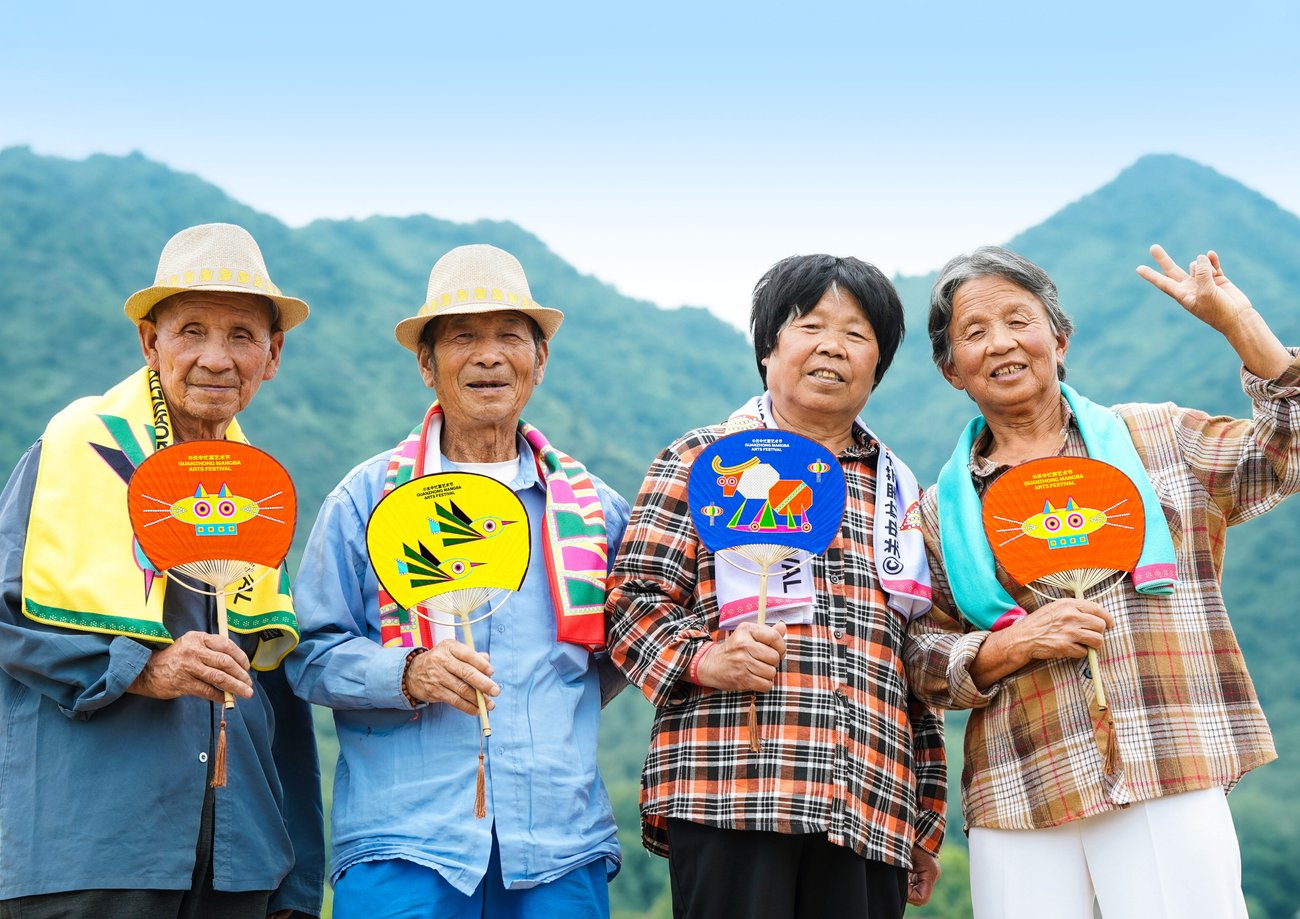
What's been one of your favorite projects to work on so far? What would be a dream project?
My favorite projects are the cover design for Adobe InDesign—since it's a tool commonly used by designers, having my work appear on the software's launch page every day is incredibly meaningful—and the visual design for the Xi'an Guanzhong Mangba Art Festival, where I deeply experienced different regional cultures and combined pasta and crop elements with modern art to showcase the integration of rural revitalization and traditional culture.
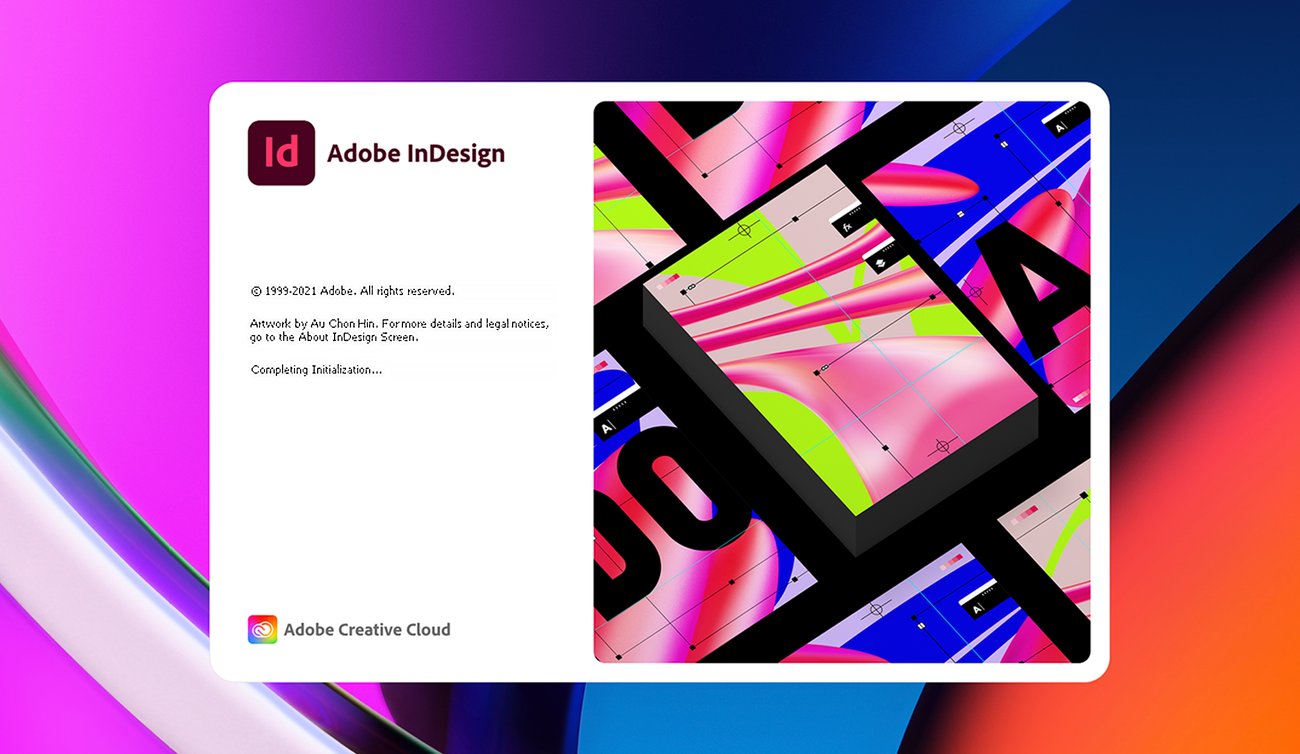

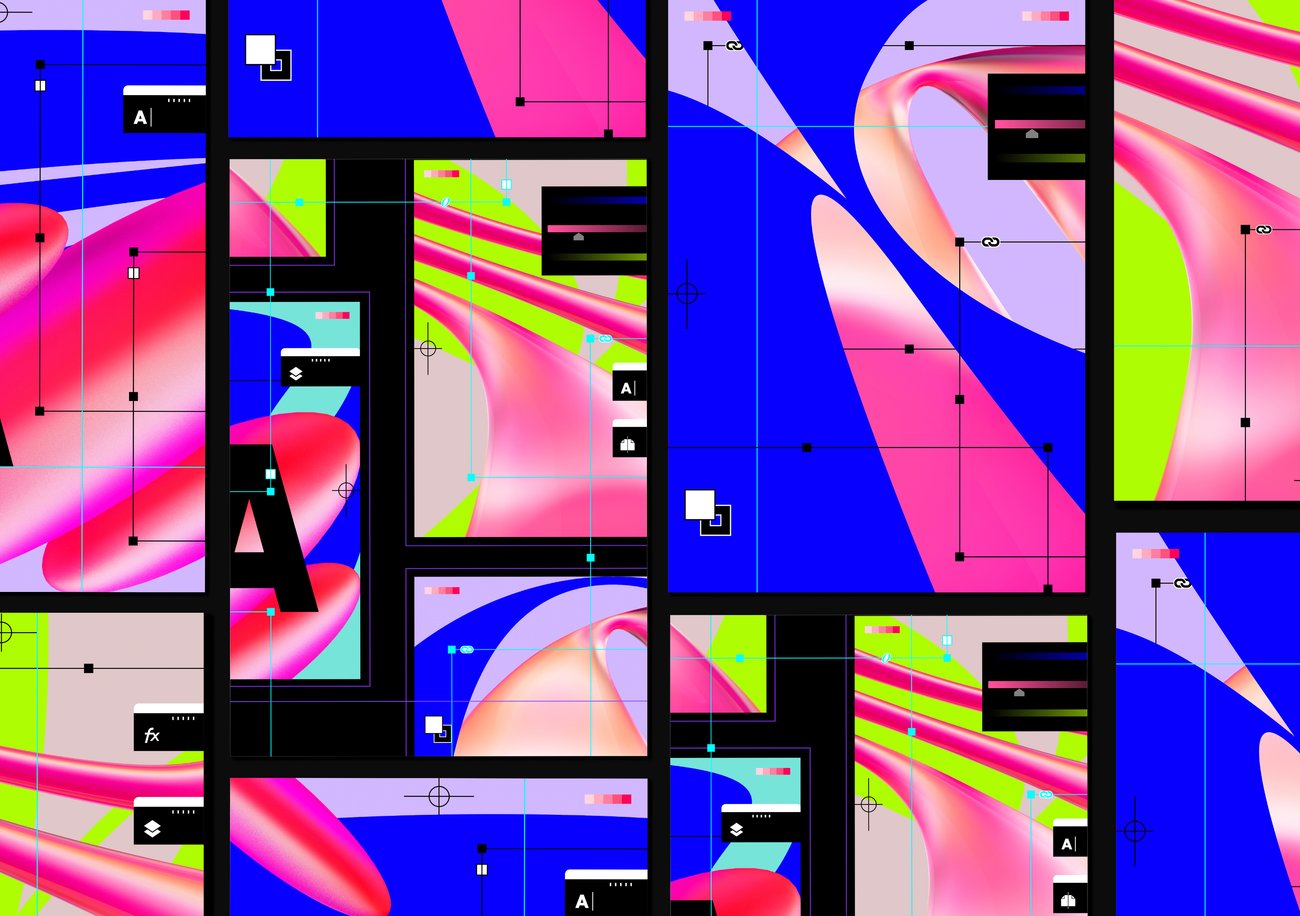
For my dream project, I hope to participate in global cultural heritage protection design projects—such as cross-border integration of cultural elements from Macao's Historic Centre and other World Heritage sites—to promote cross-regional cultural dialogue through design.
Do you have any favorite tools or resources? Where do you find creative inspiration?
My go-to tools are the designer's essentials: Adobe series (like InDesign, Photoshop), and sometimes Figma for team collaboration. I find inspiration in many ways: paying attention to composition and color matching in movies and music, often sparking new ideas during coffee chats with friends, and enjoying visits to different places to experience diverse customs. For example, when investigating rural areas in Xi'an, I incorporated local wheat fields and pasta elements into my designs.
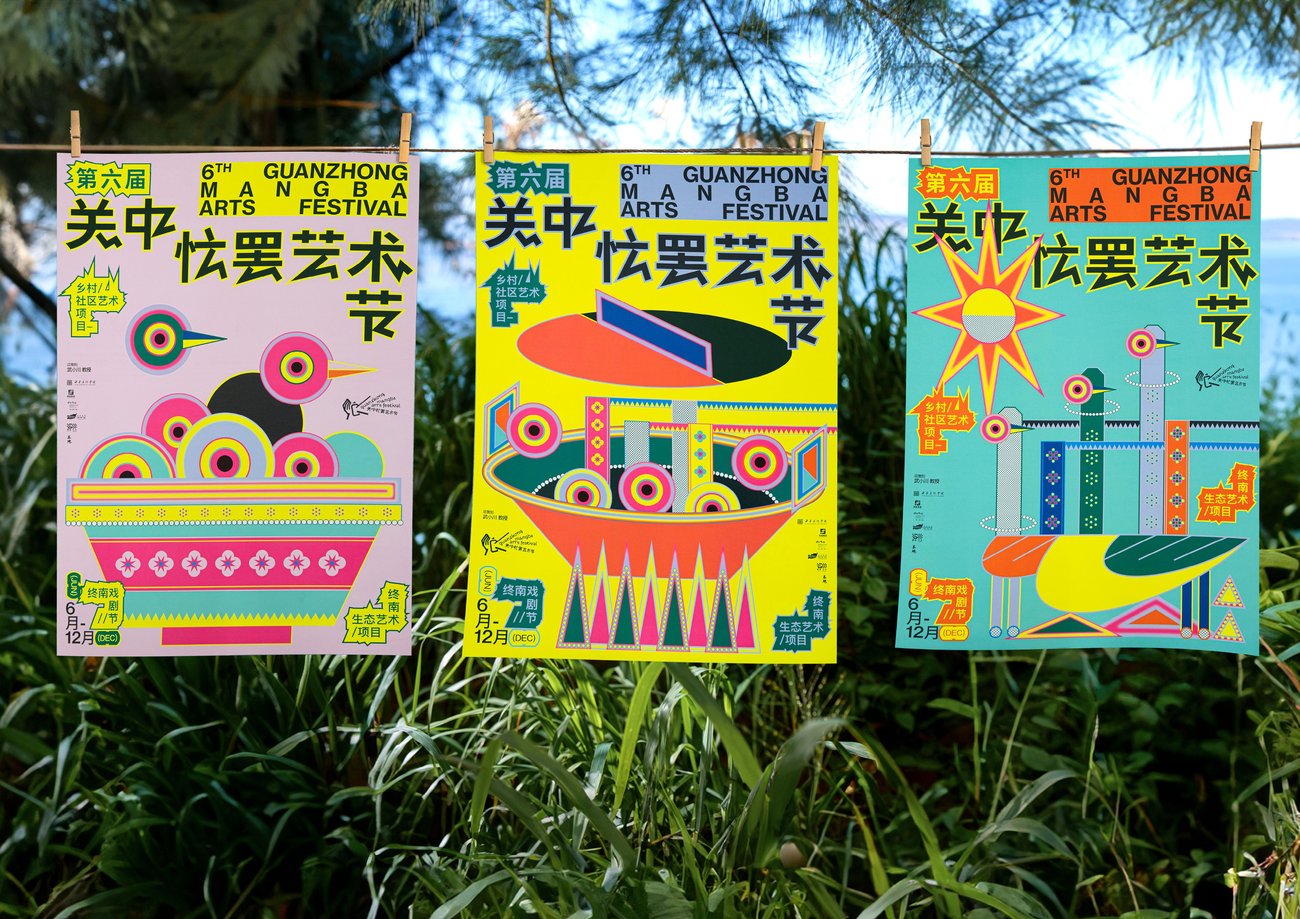

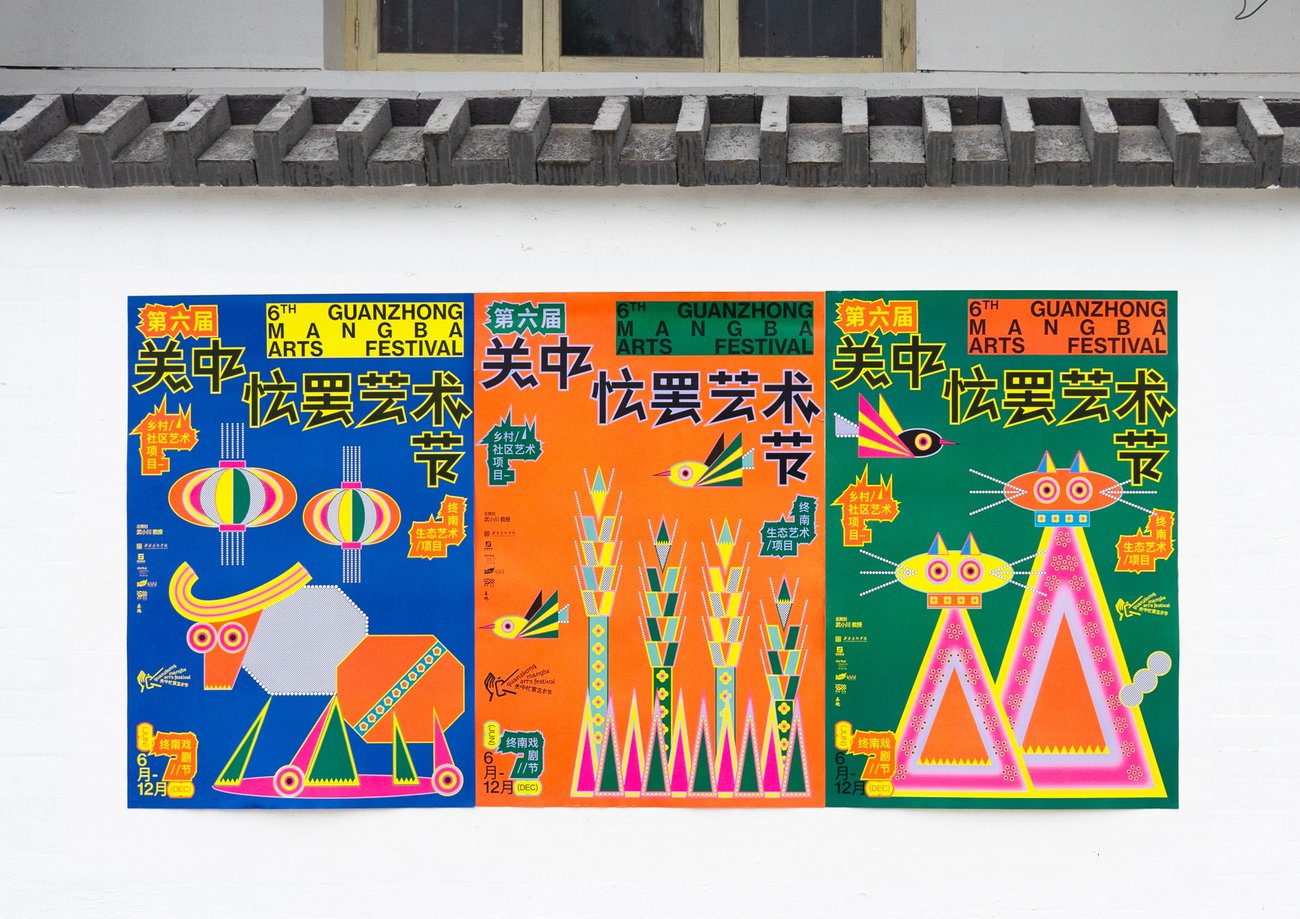
What's one of the biggest career lessons you've learned so far?
The most important lesson is that sticking to a unique style matters more than catering to the market. After winning the Young Guns award in 2019, I realized that being different is the core value of creation. For instance, when collaborating with Apple and Adobe, it was precisely because I maintained a unique perspective based on Macao's culture that my work was internationally recognized.
Additionally, winning an award isn't the end but a starting point for breakthroughs, driving me to continuously try new fields and expand creative boundaries across geographical limits.
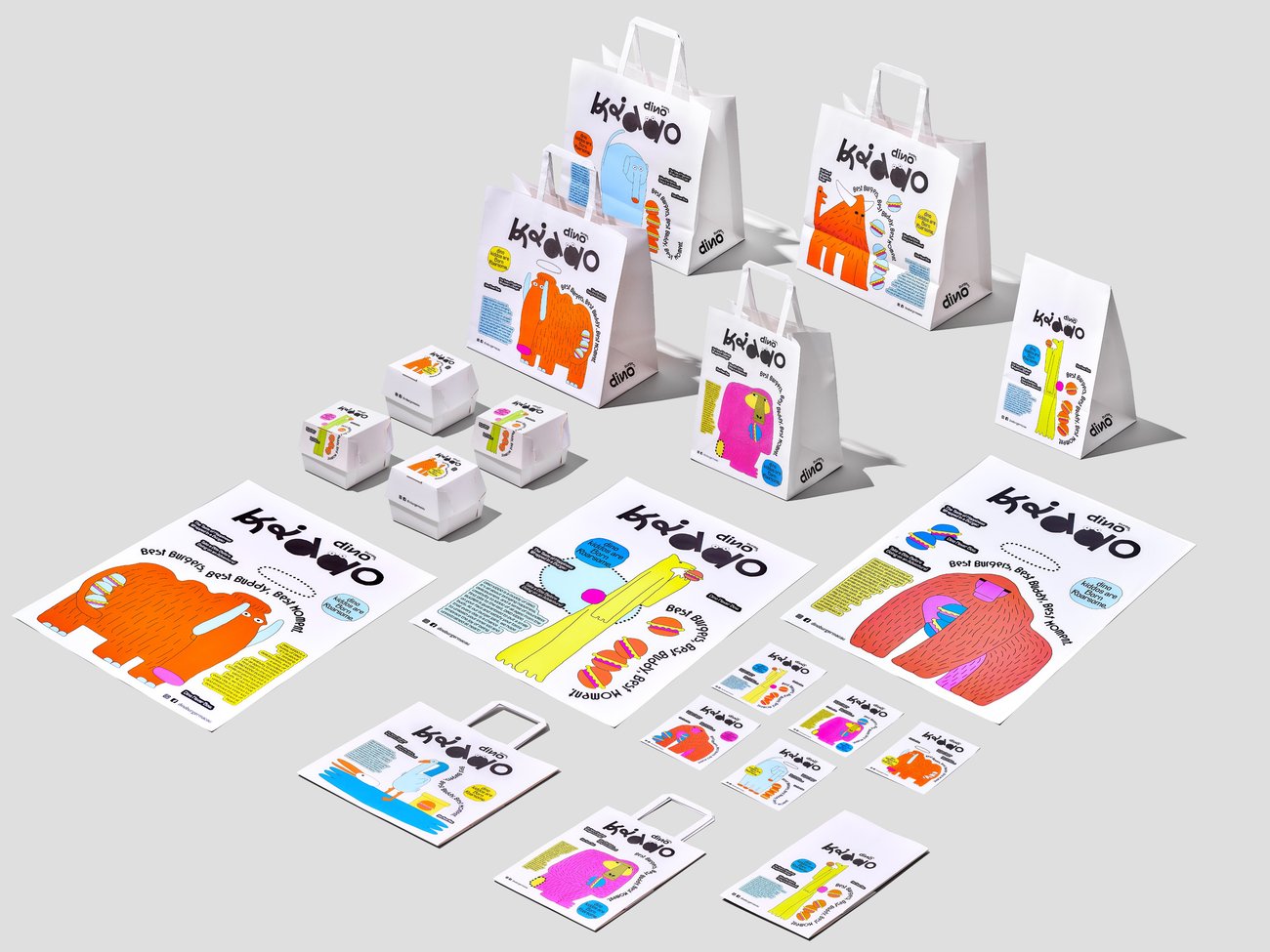

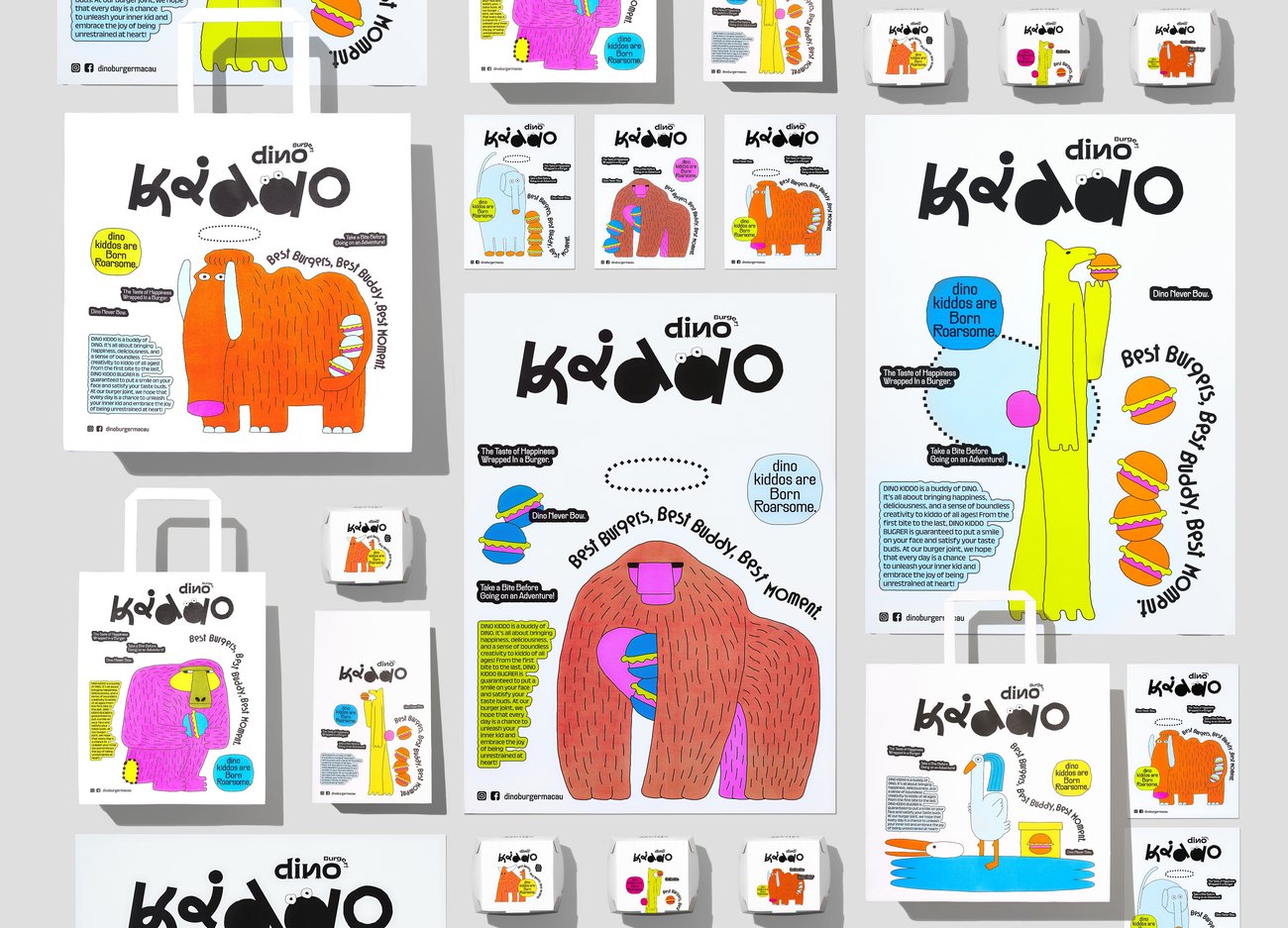
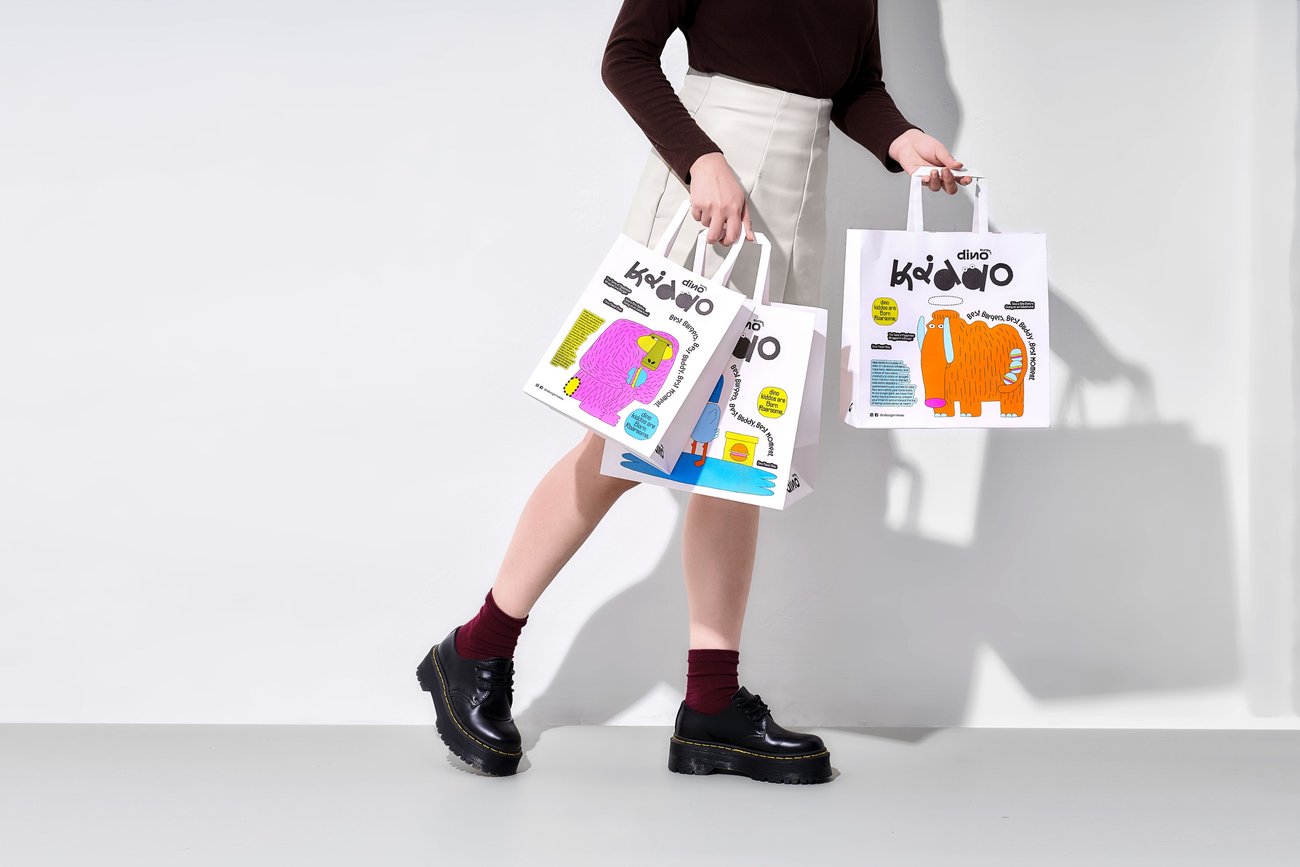
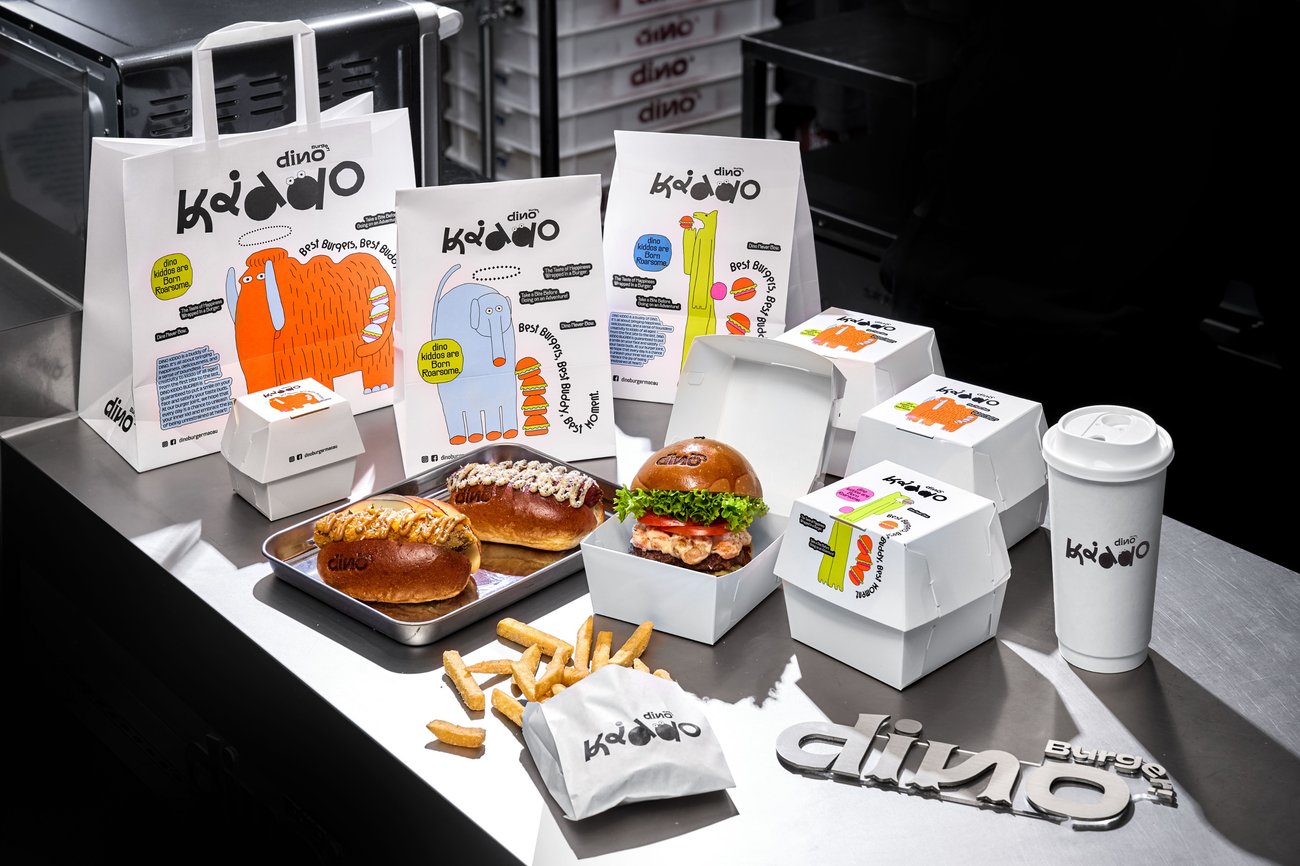
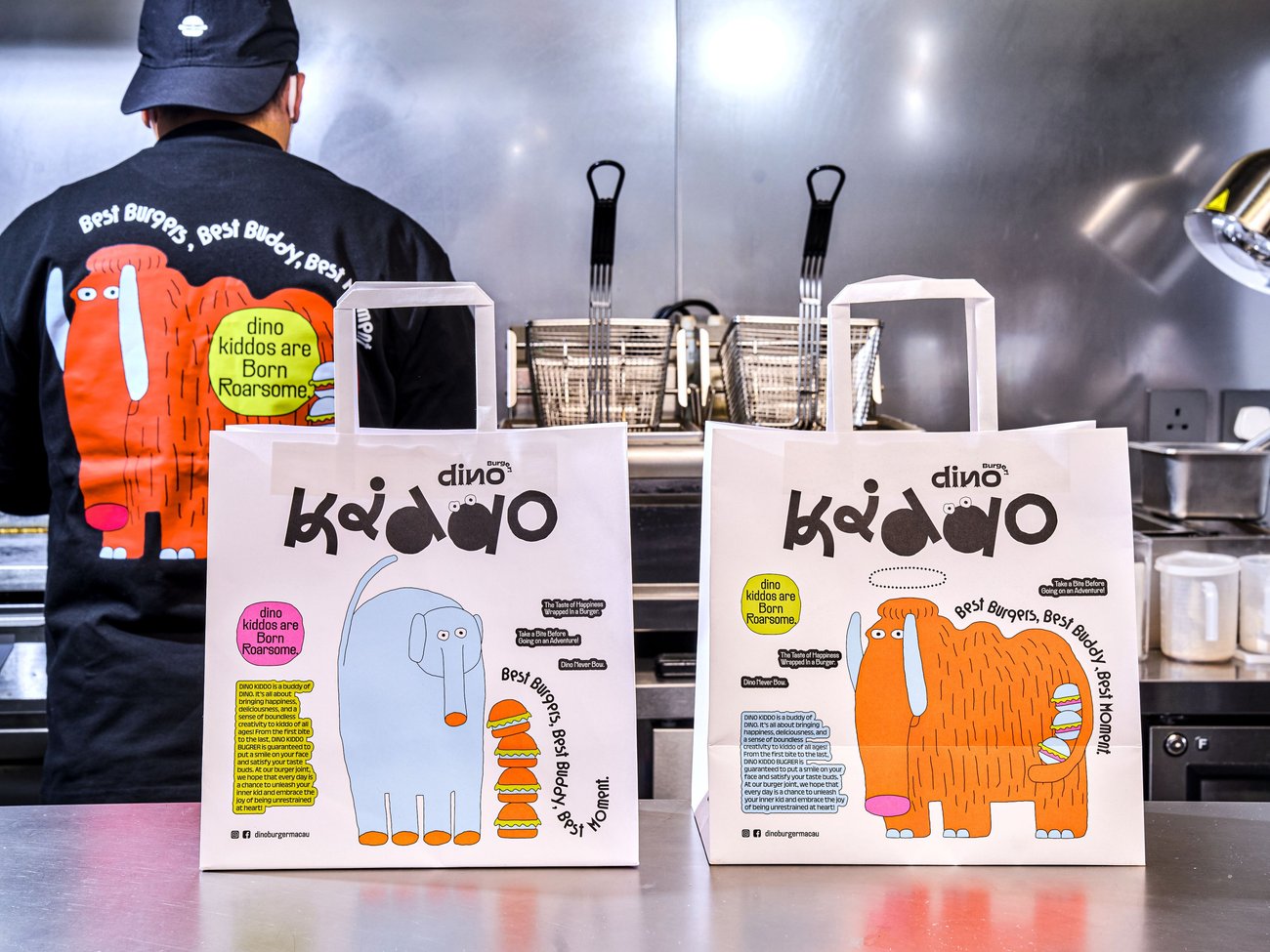
What do you consider one of your biggest career accomplishments so far?
I believe my greatest achievement so far is the ability to continuously collaborate with Macao government agencies. These designs reach a wide audience through public channels. For example, visual designs for government cultural events not only present local culture in novel forms but also show young designers that rooted in Macao, they can create influential work. This visibility actually gives confidence to the younger generation—proof that adhering to a local creative perspective is valuable. It also motivates me to leverage the influence of these projects to foster the growth of Macao's young design talent.
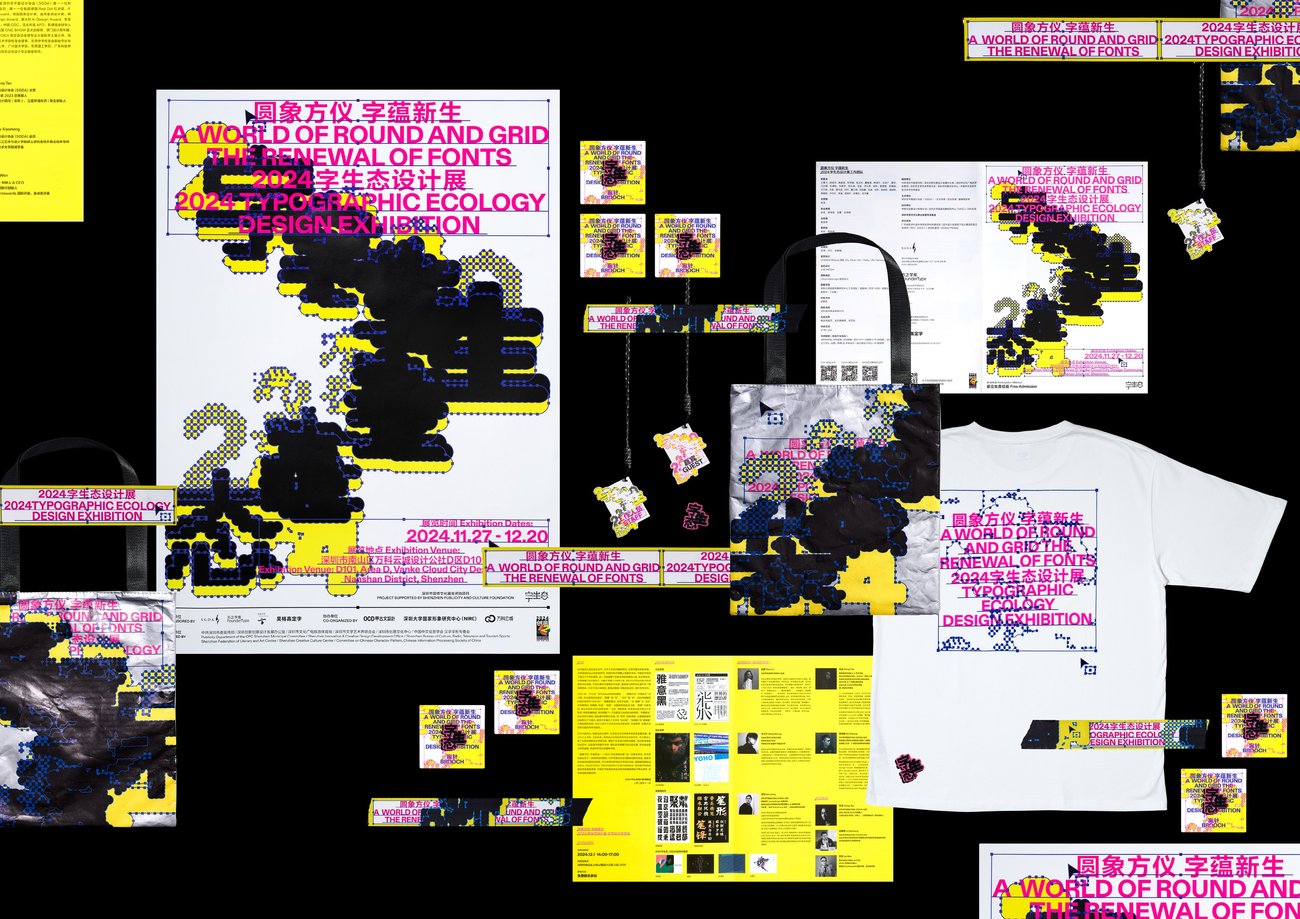

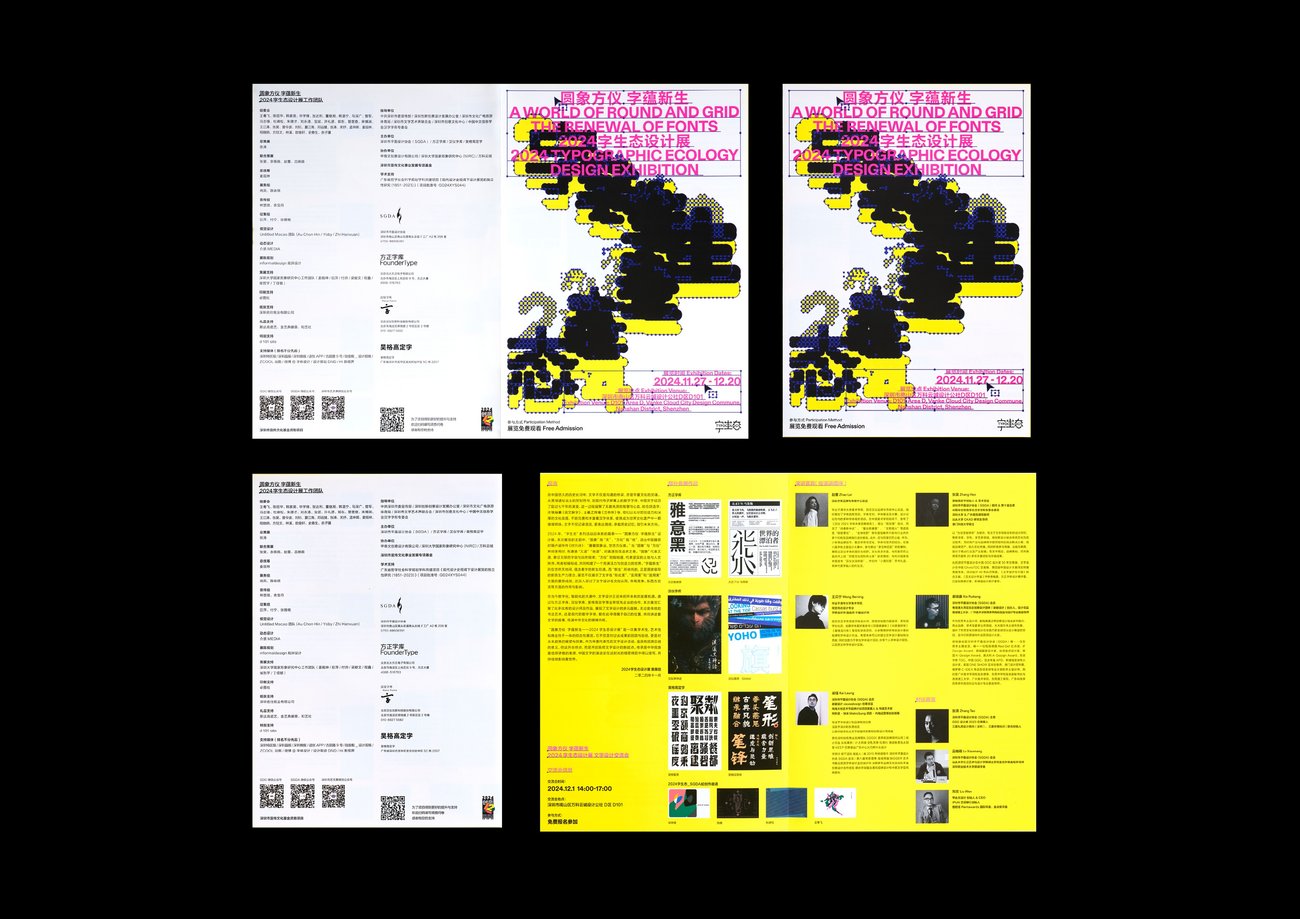
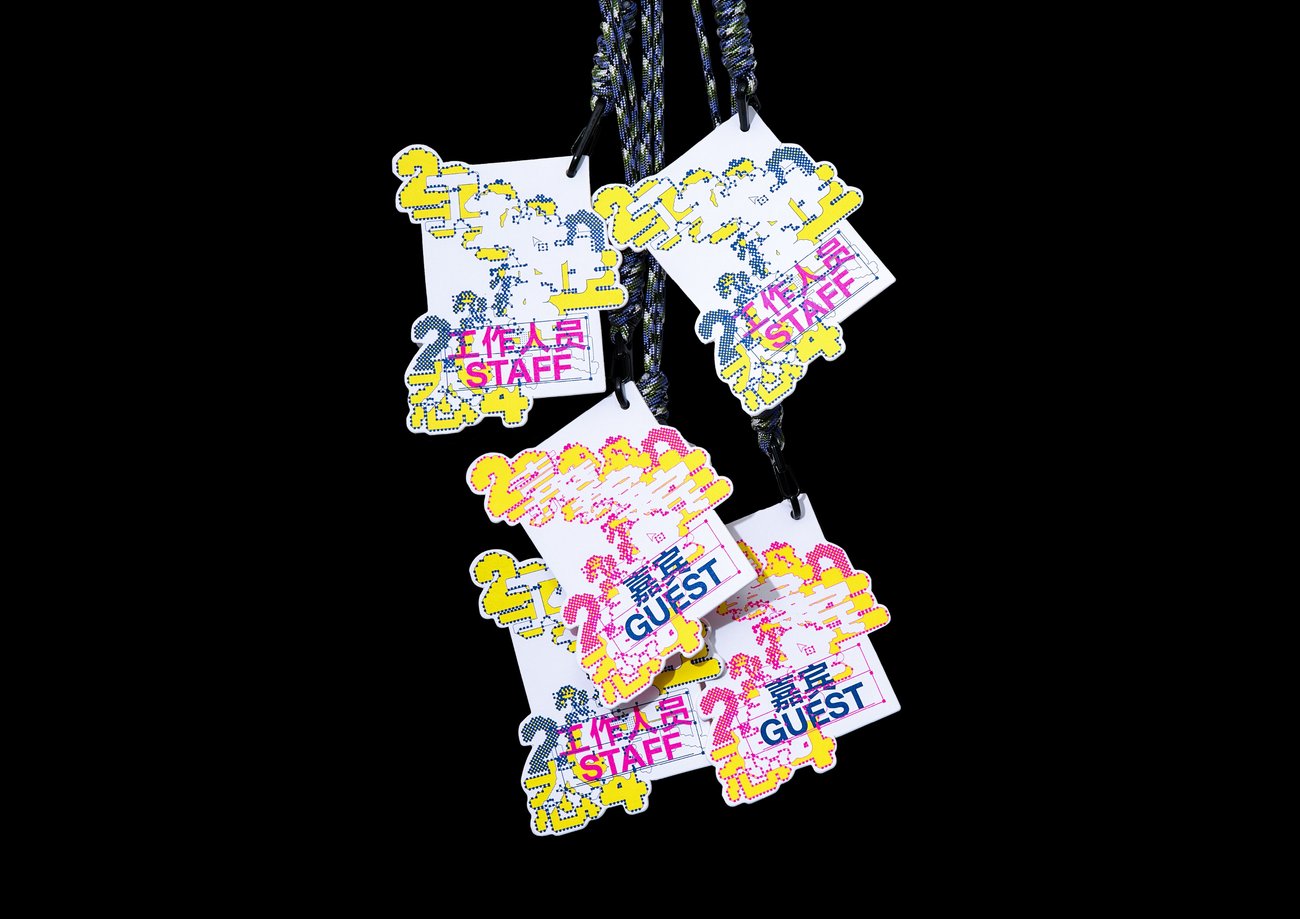
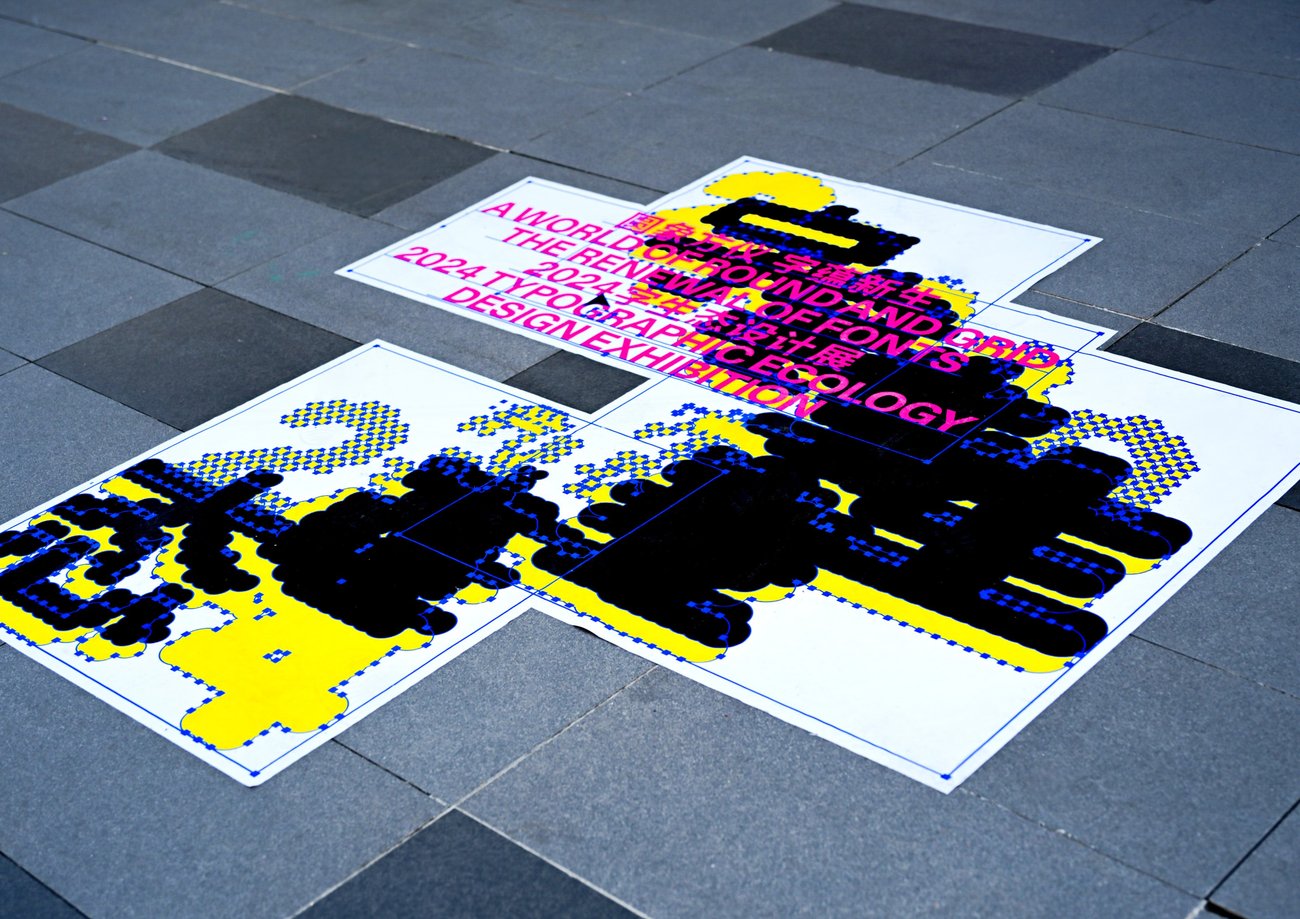
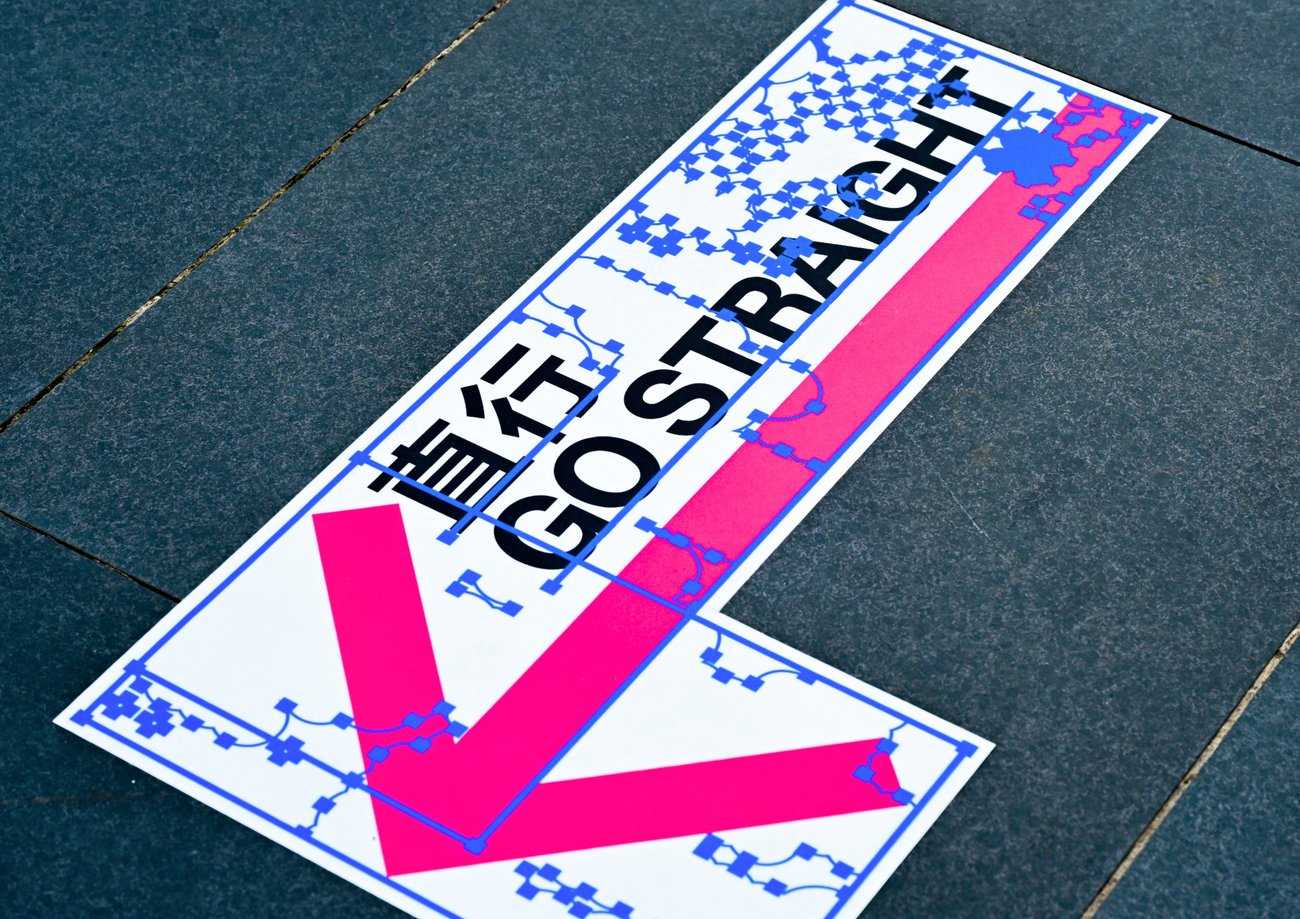
What advice would you give to new designers and illustrators starting out in their careers?
The key is to take bold risks and not fear failure—true creativity is born from trial and error, which is the very meaning of the Young Guns competition: to encourage newcomers to showcase unique perspectives. Also, enjoy the creative process; don't be bound by perfectionism. Every challenge is an opportunity to express yourself. Meanwhile, stay open to absorbing diverse cultures, so that your work balances uniqueness and inclusivity.
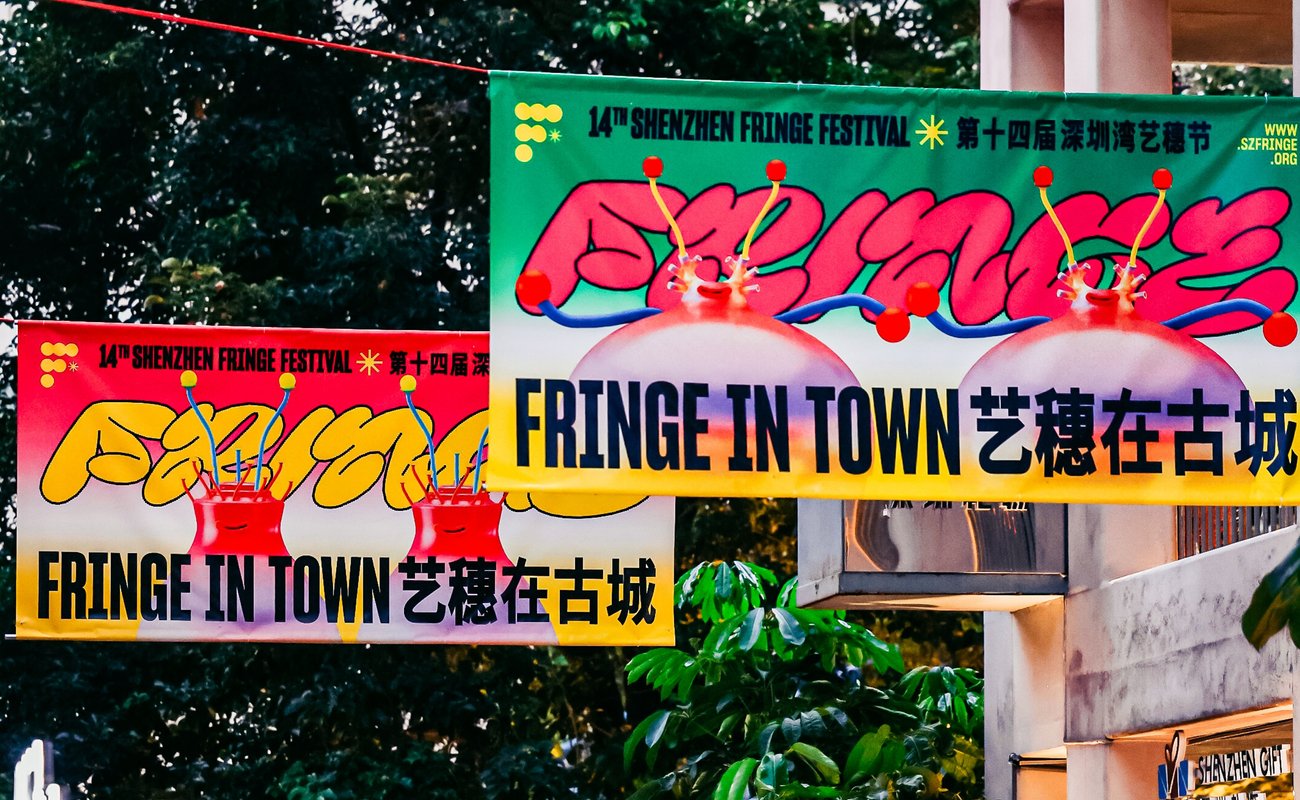

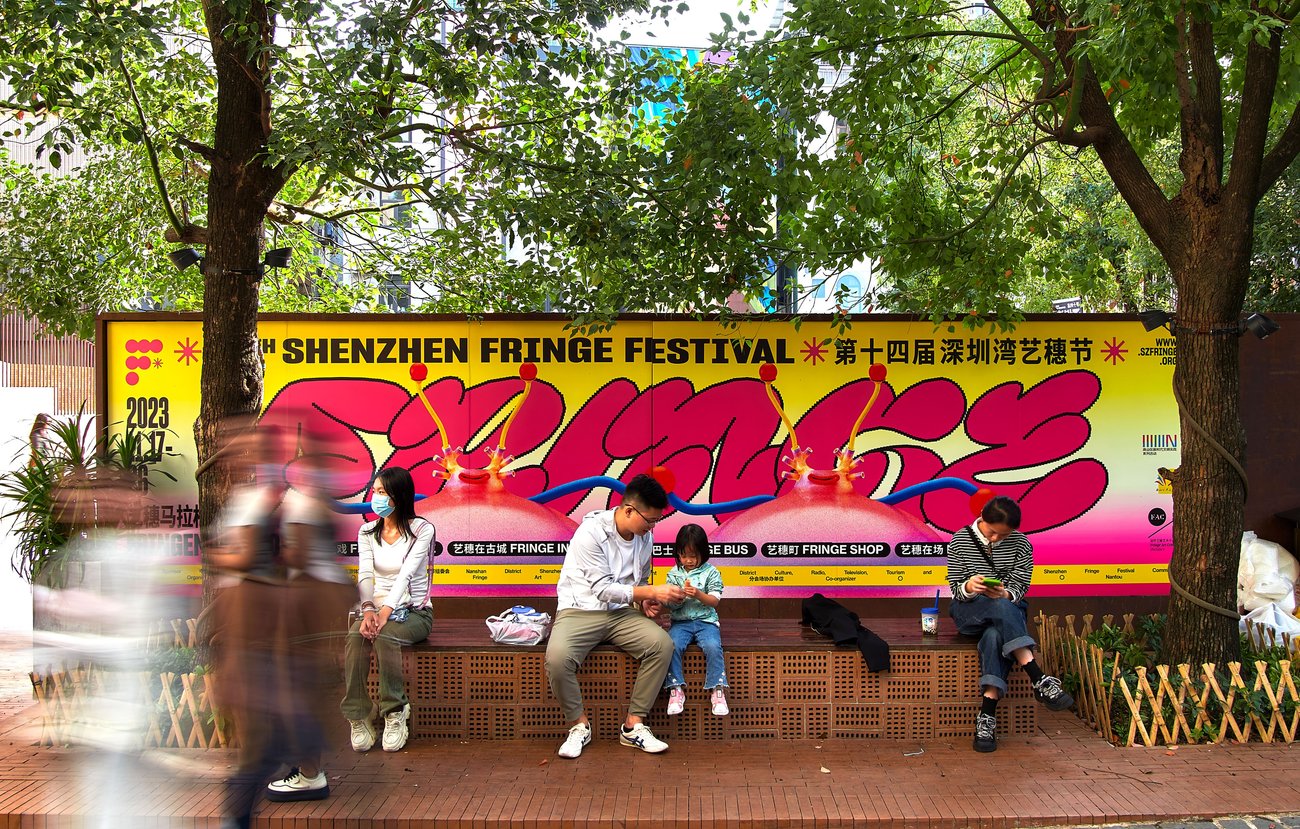
What are you working on now and what's up next for you?
Recently, I've been busy with daily studio operations and handling several visual design projects for local cultural art events in Macao, such as creating a visual identity for an art festival. I'm also discussing cross-border collaborations with domestic brands, exploring ways to present Macanese elements in fresh approaches.
Next, I've always wanted to work with clients from more diverse cultural backgrounds, such as cultural institutions in Southeast Asia or Europe. I believe this can both export Macao's pluralistic culture and help me learn more diverse design concepts. I also hope to contribute to design education, such as hosting workshops or collaborating with schools, to help young designers unlock their creative thinking—after all, the development of Macao's design industry relies on the younger generation.
To view more of Chon's work, visit UNTITLED MACAU's website, Behance, or Instagram.
Chon Hin Au was nominated by Monotype. All artwork courtesy of Chon Hin Au.